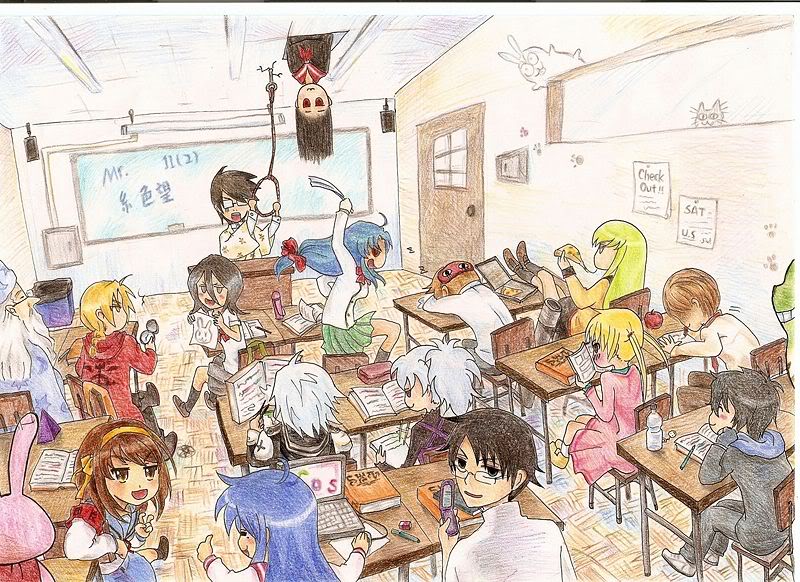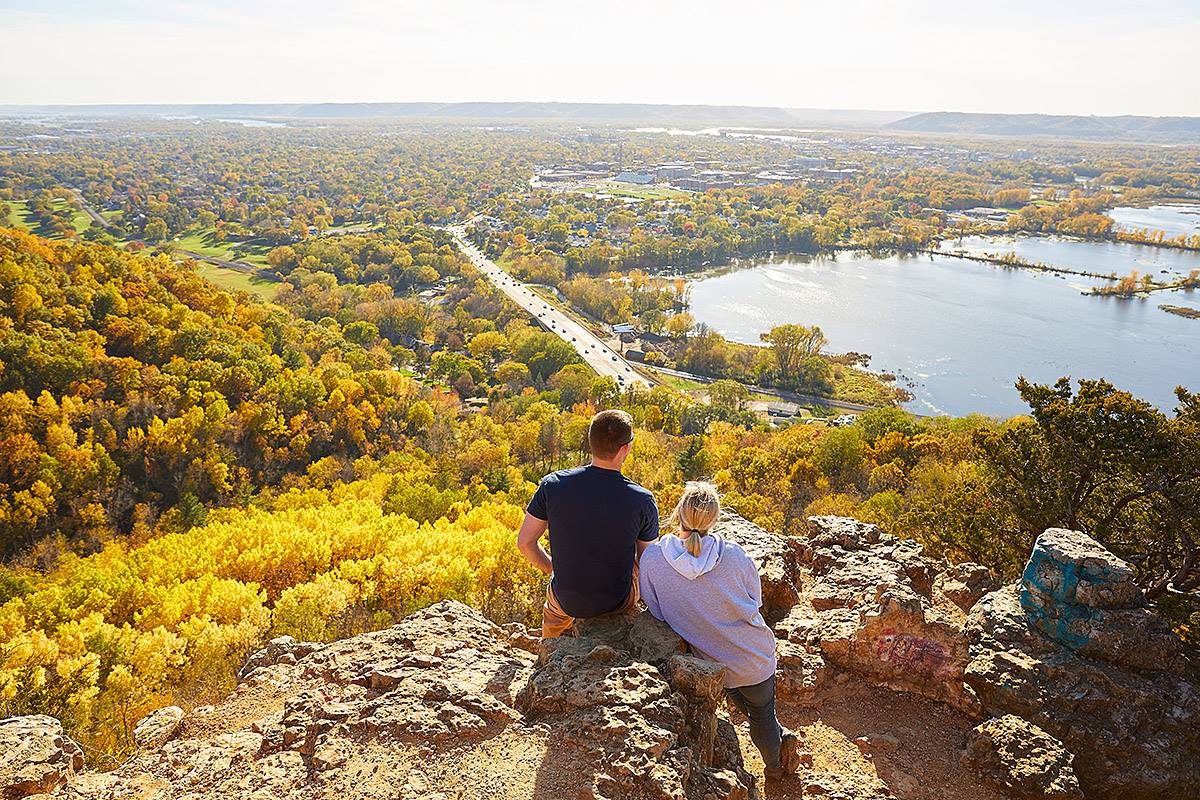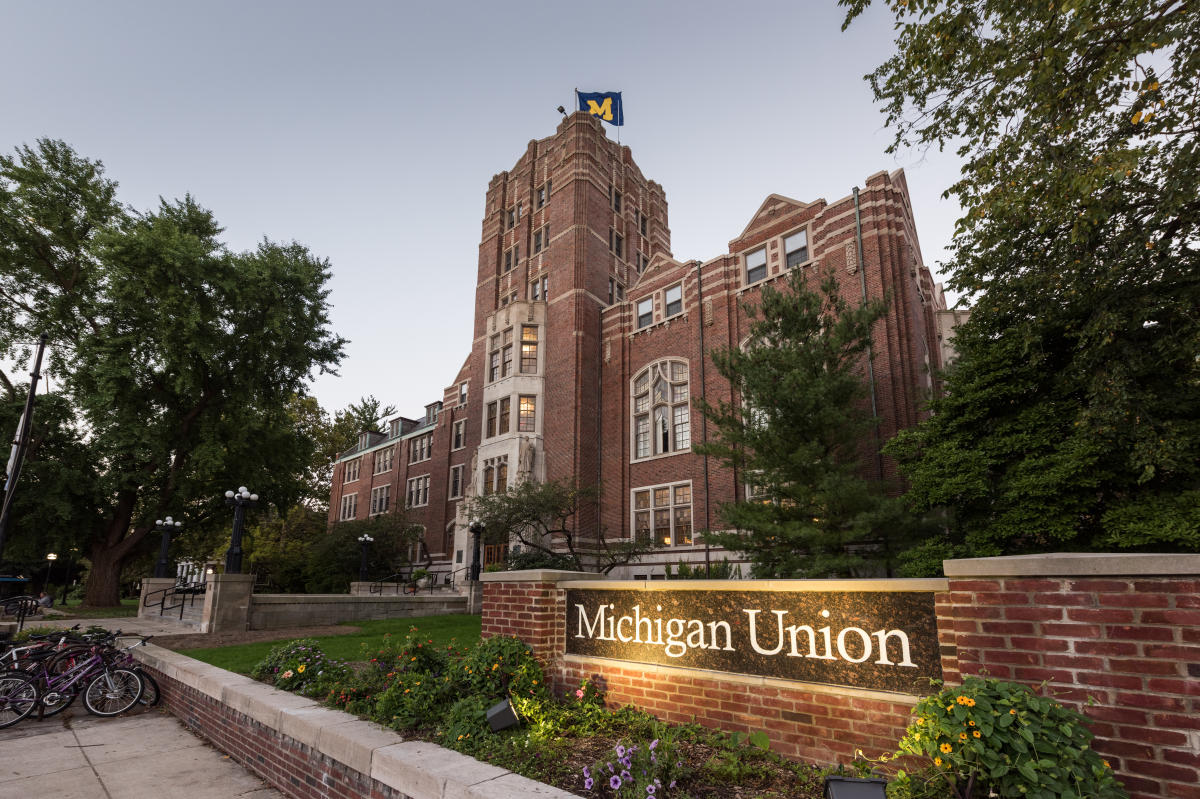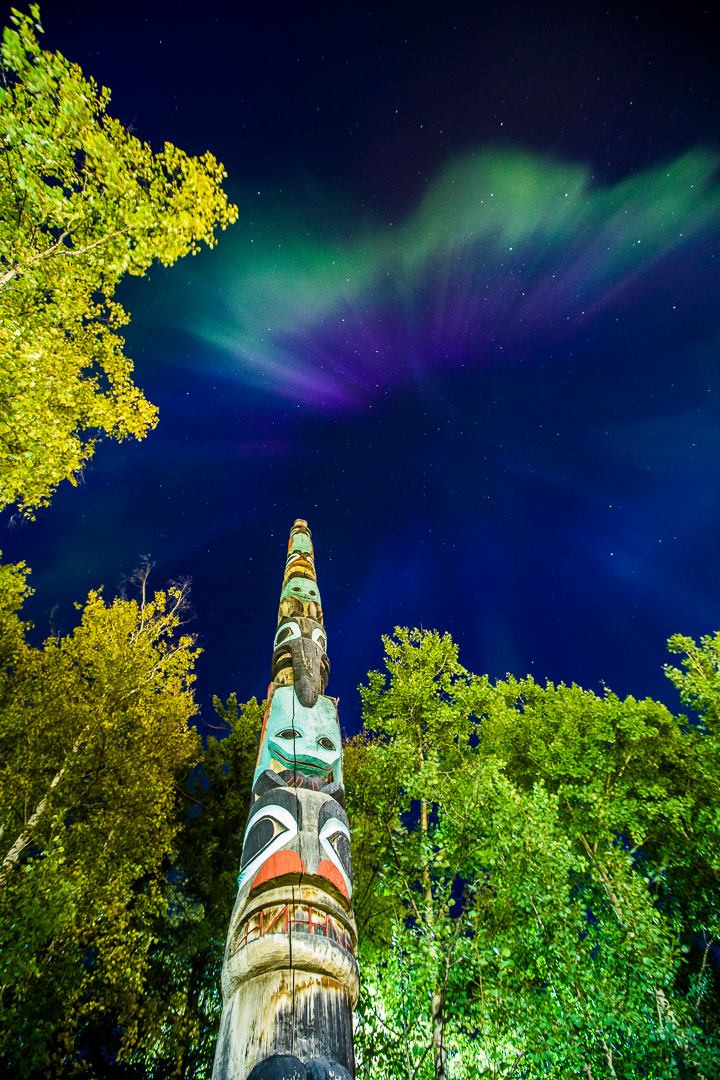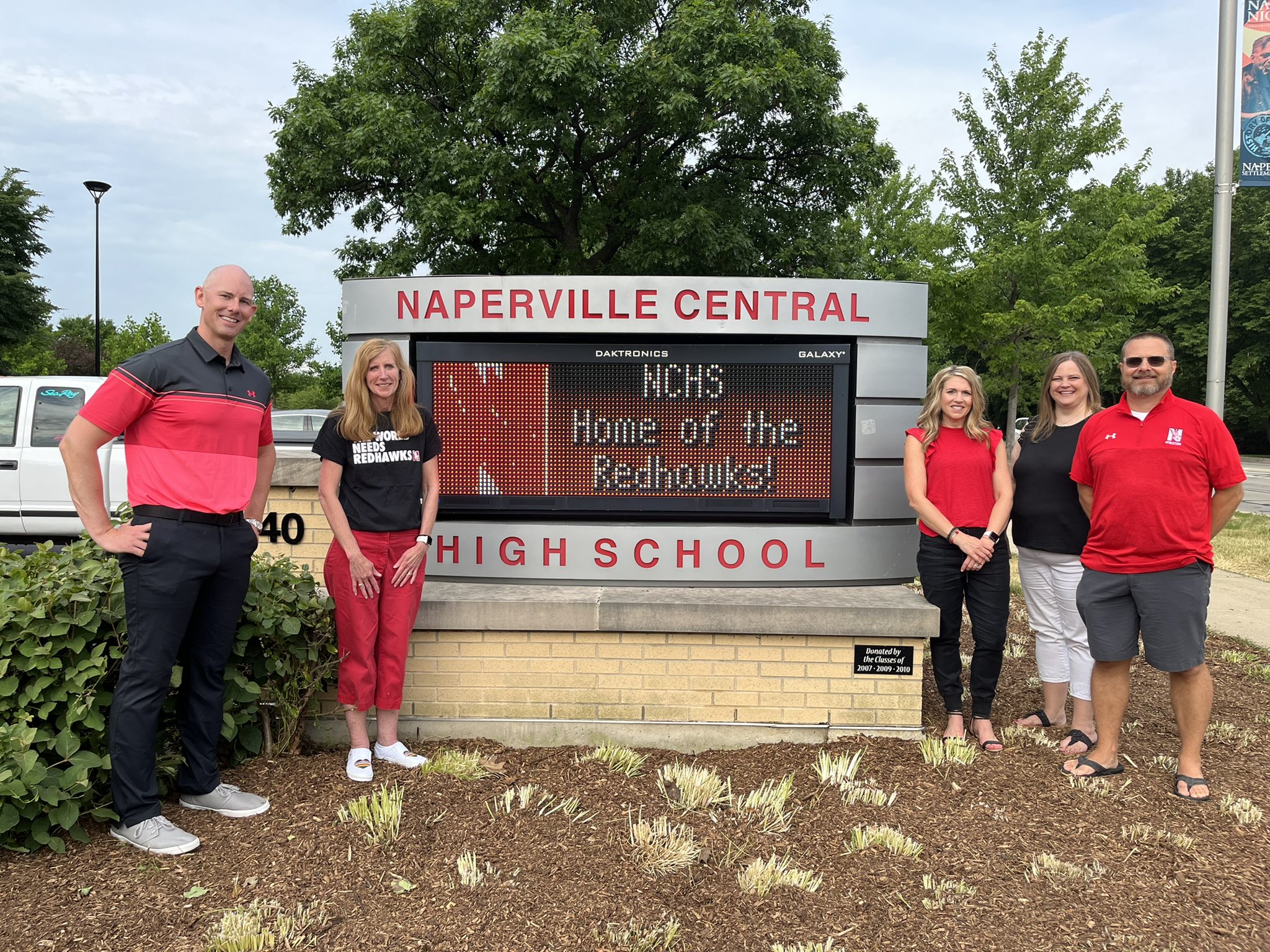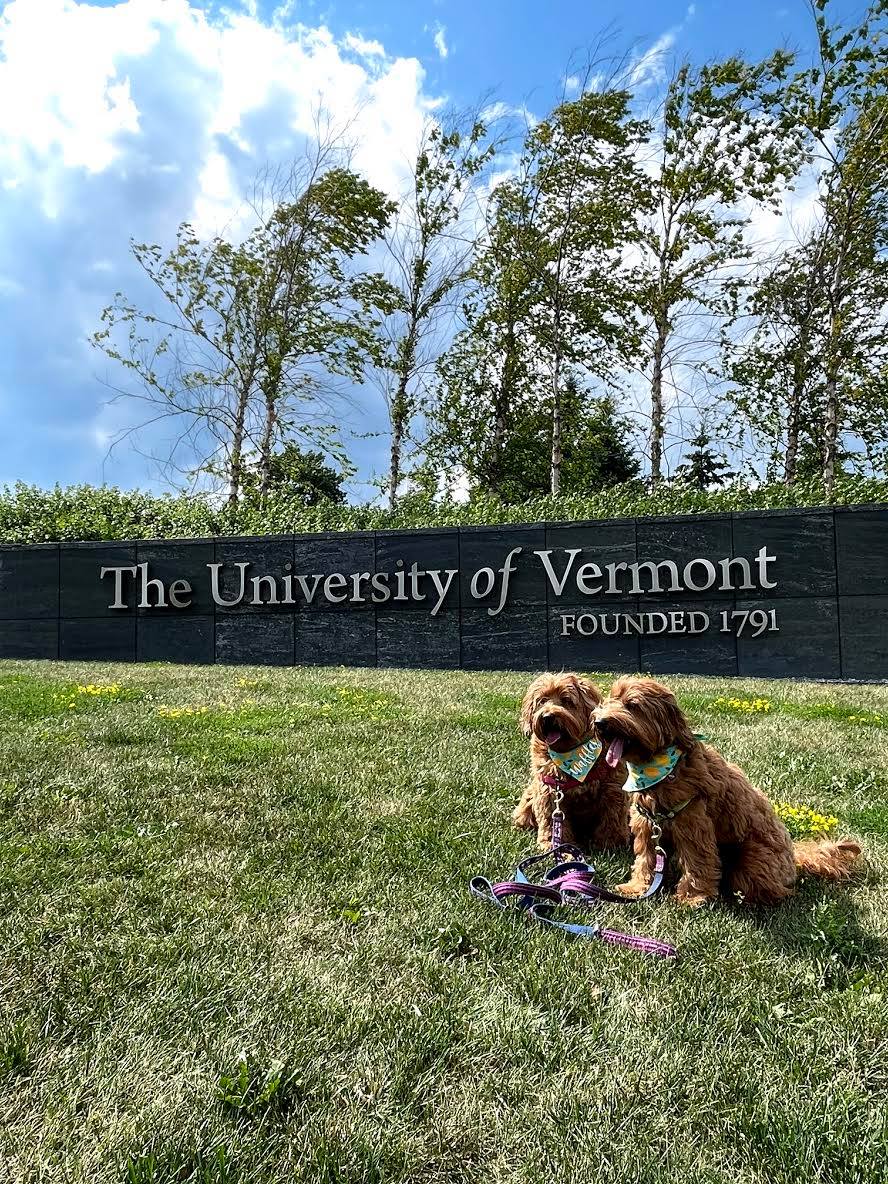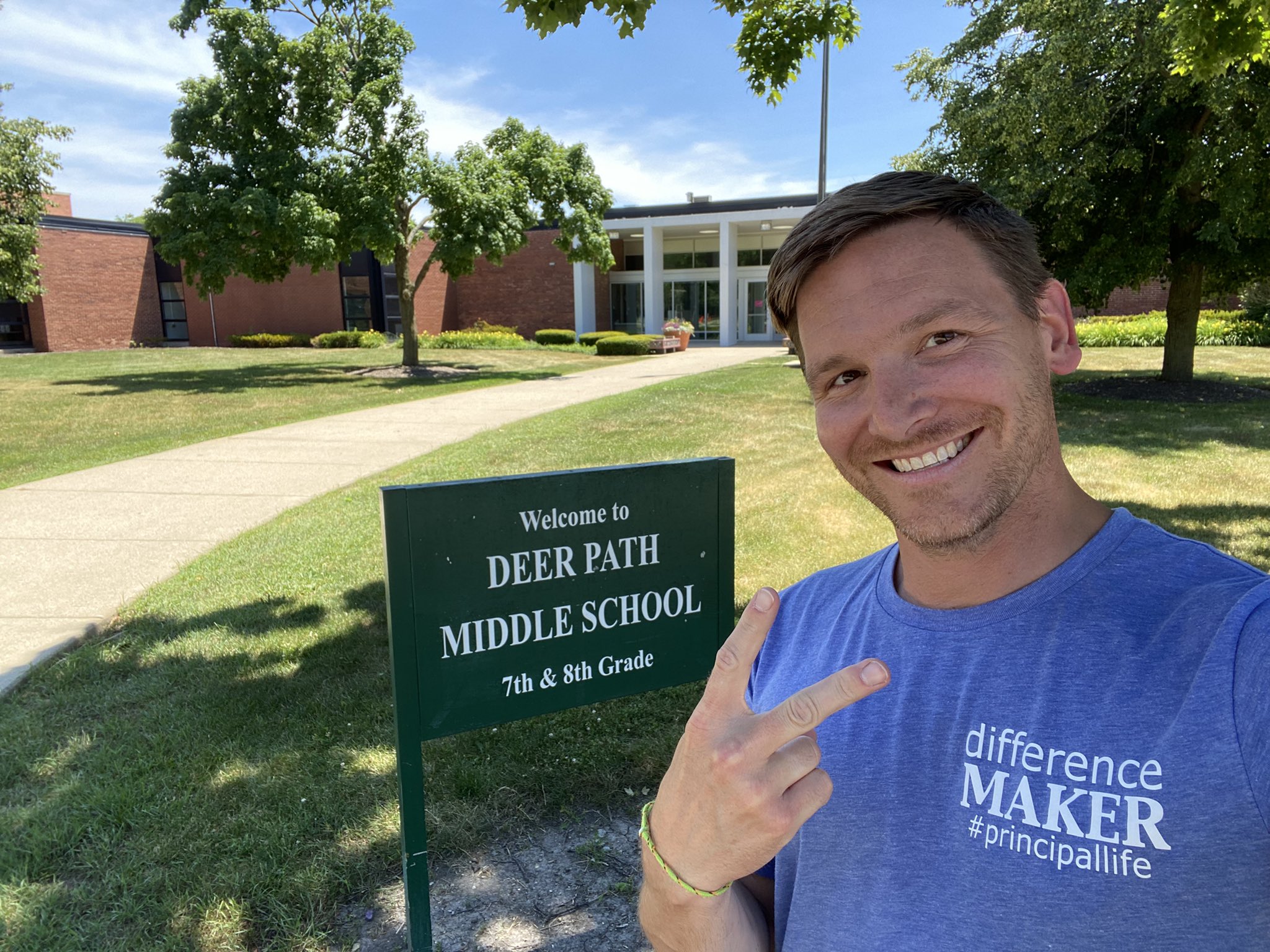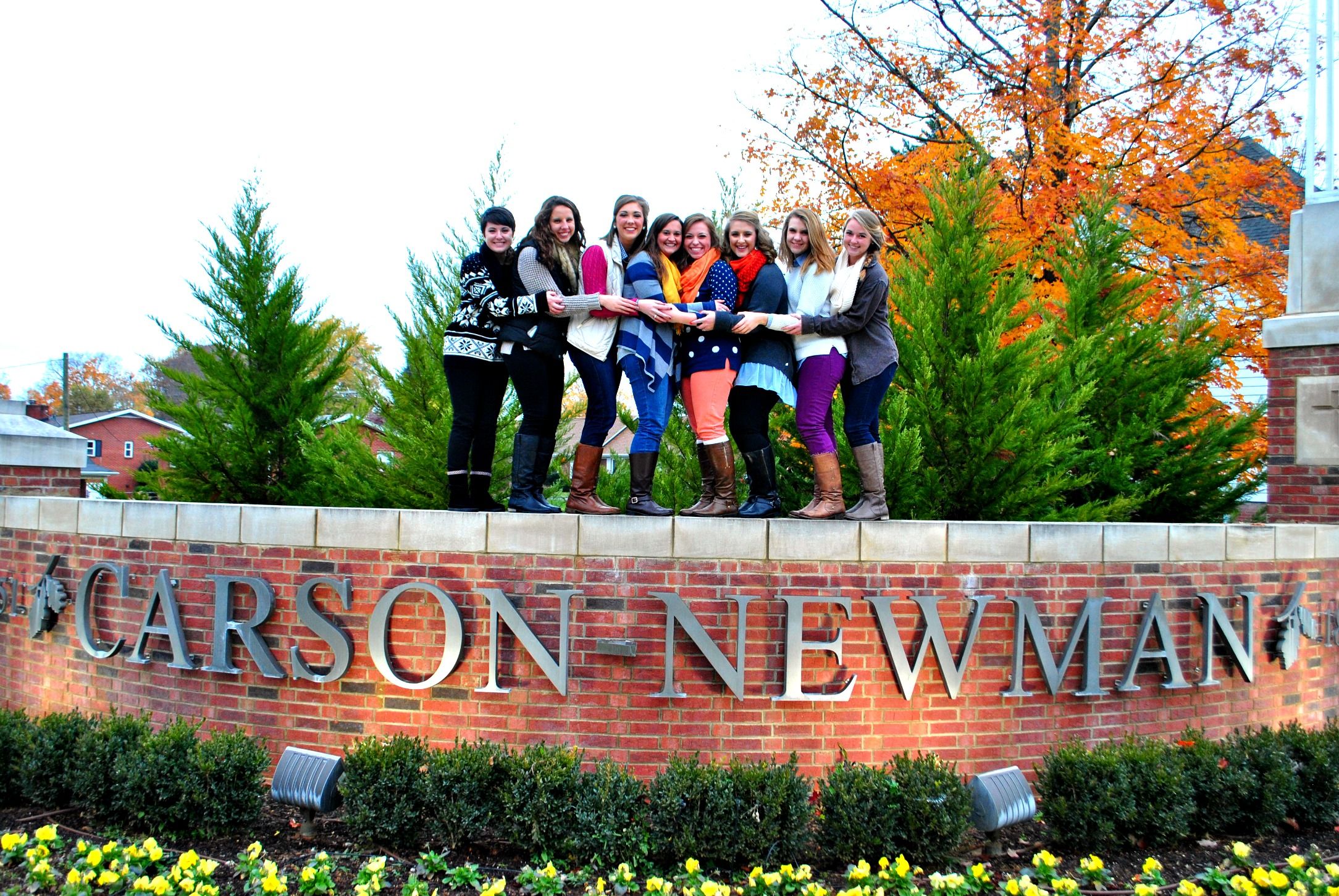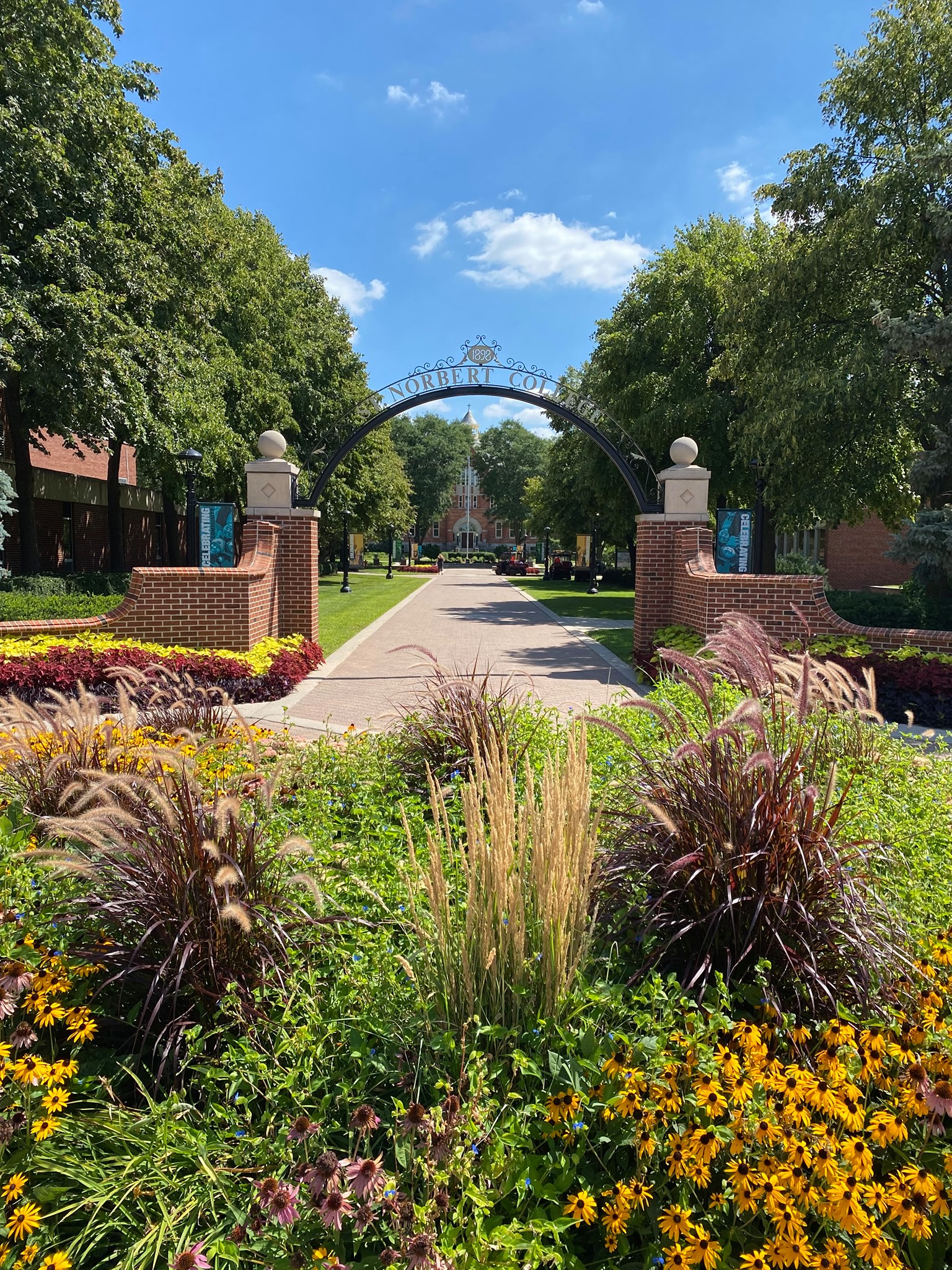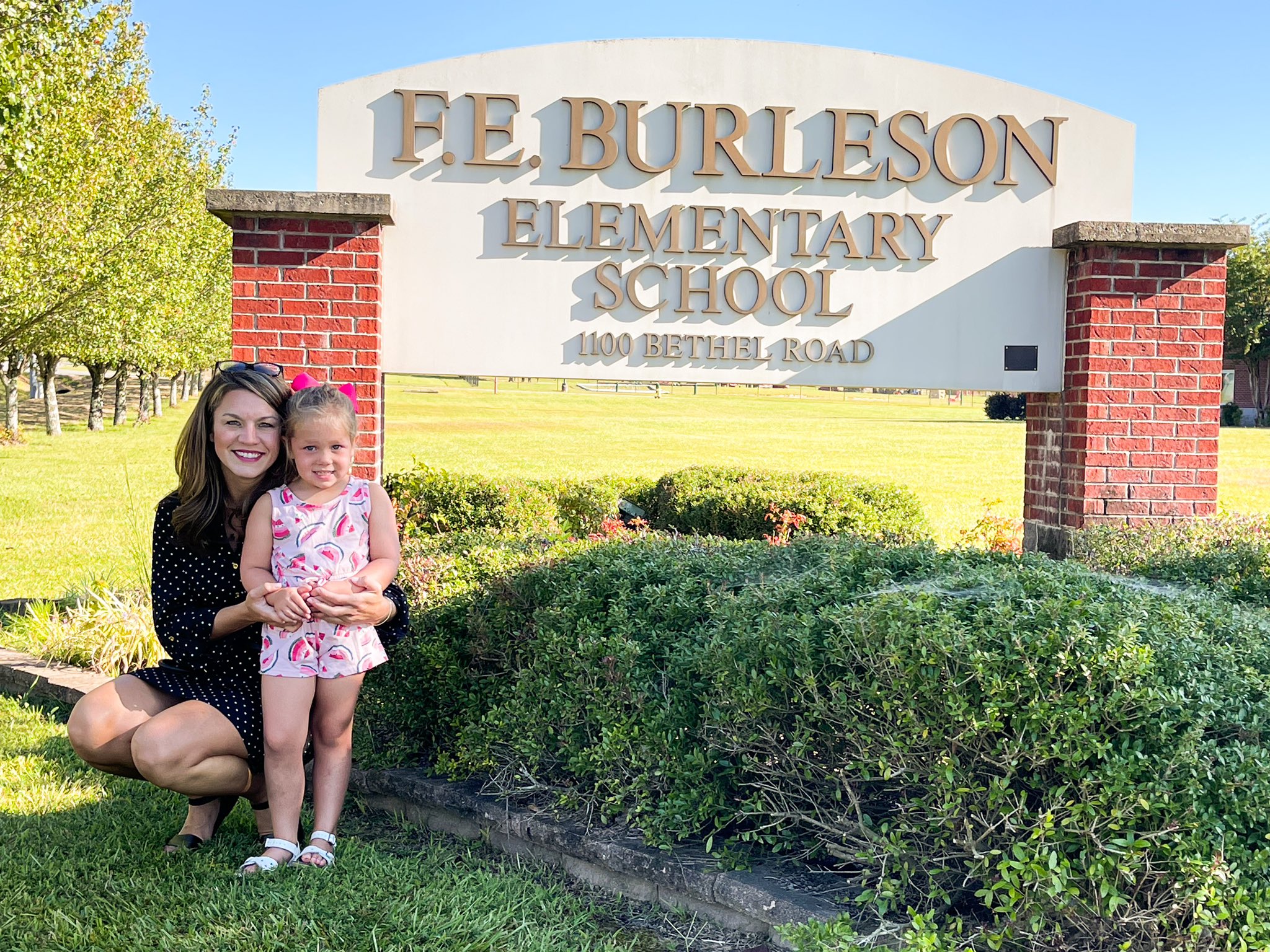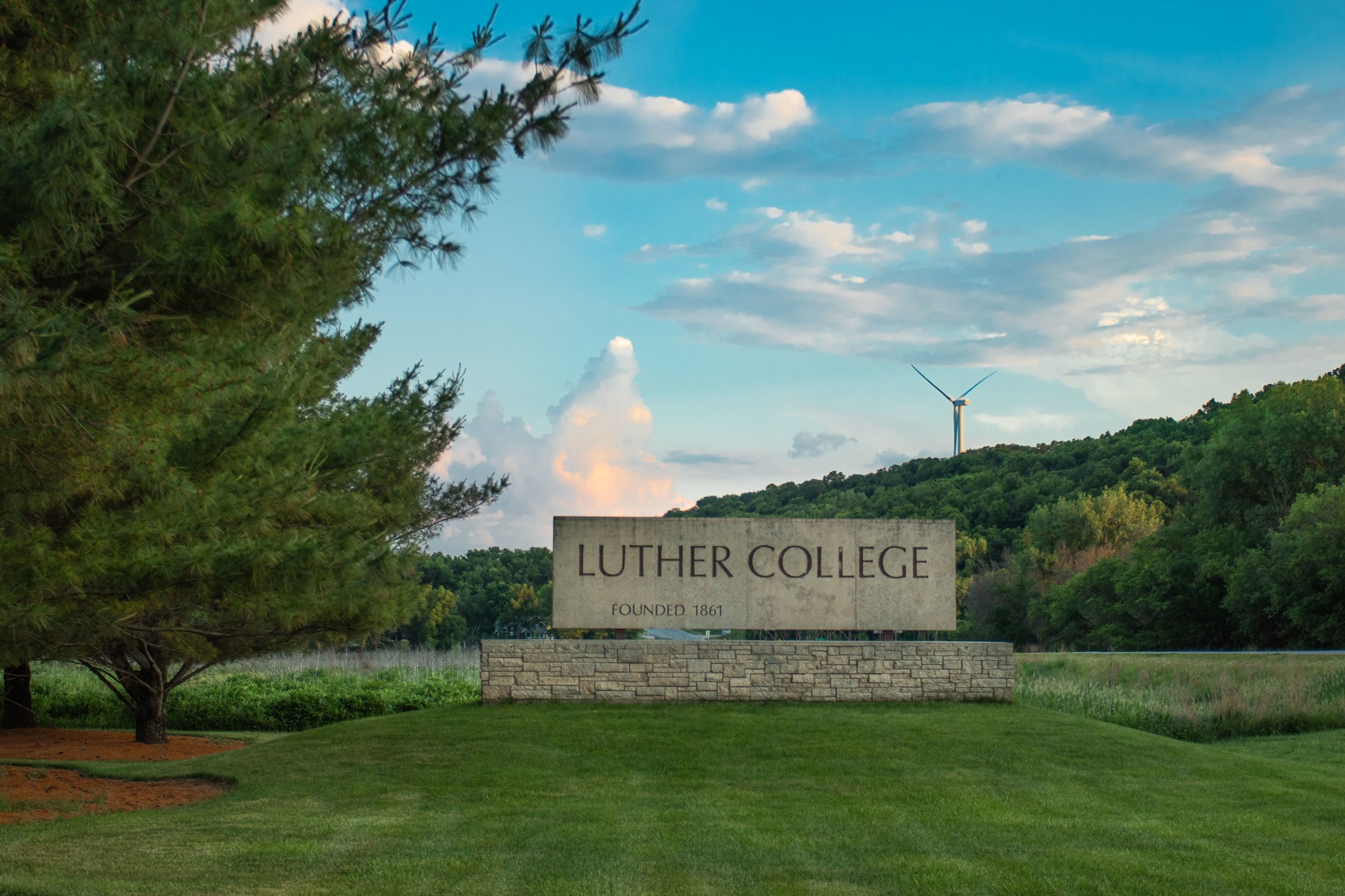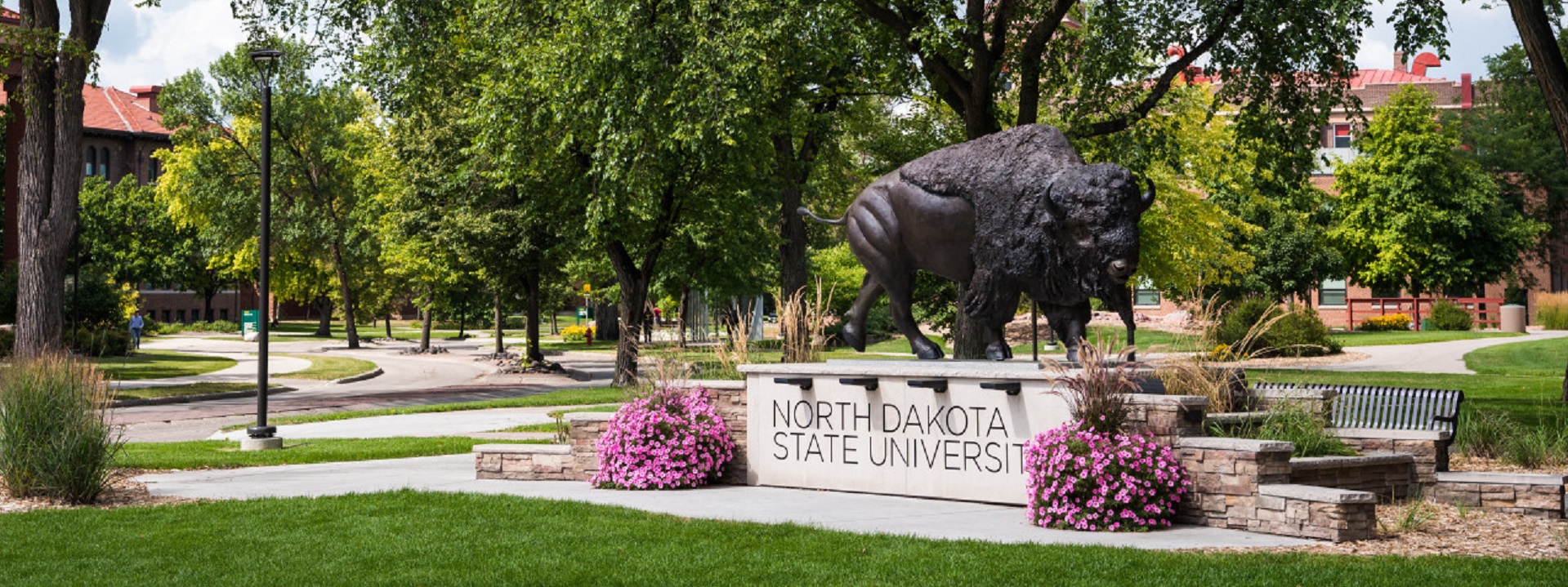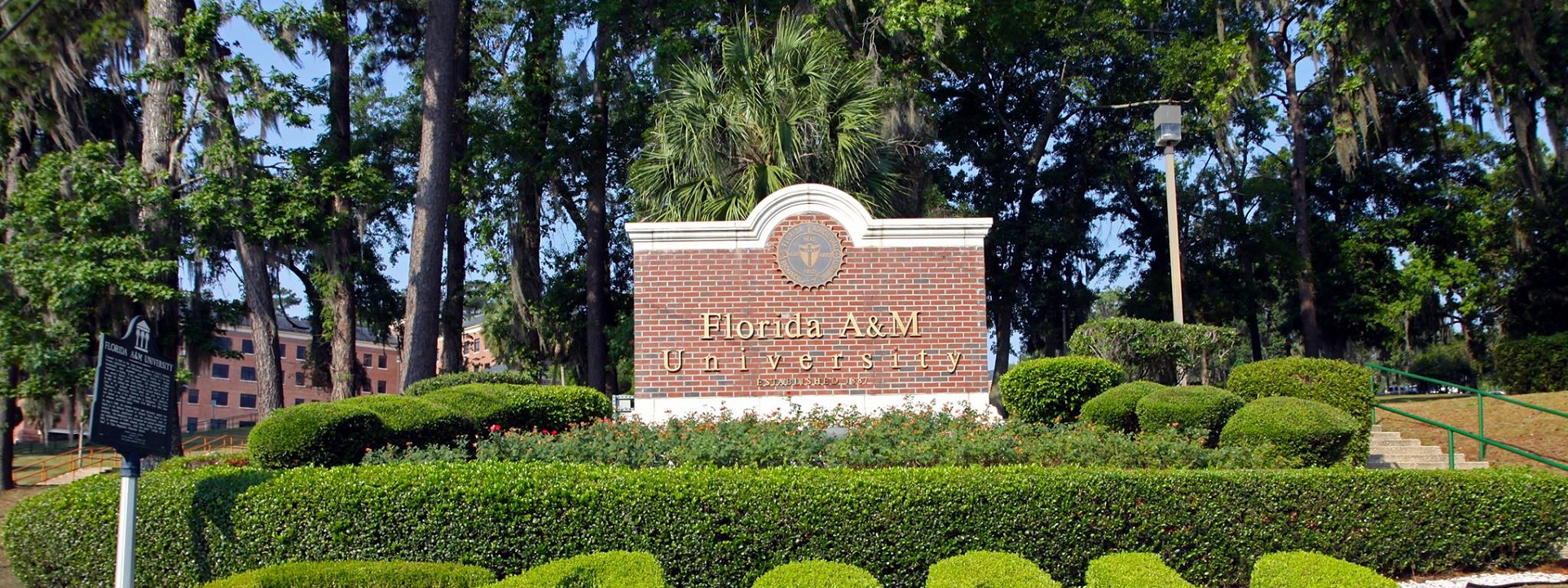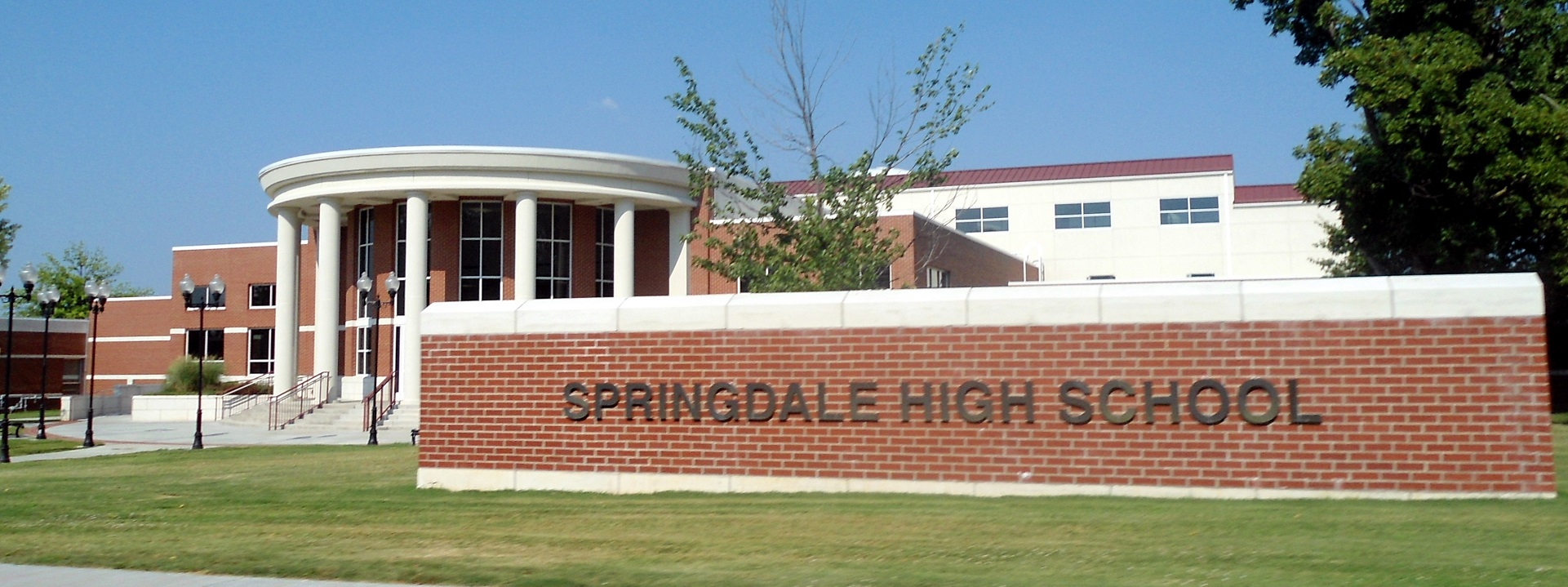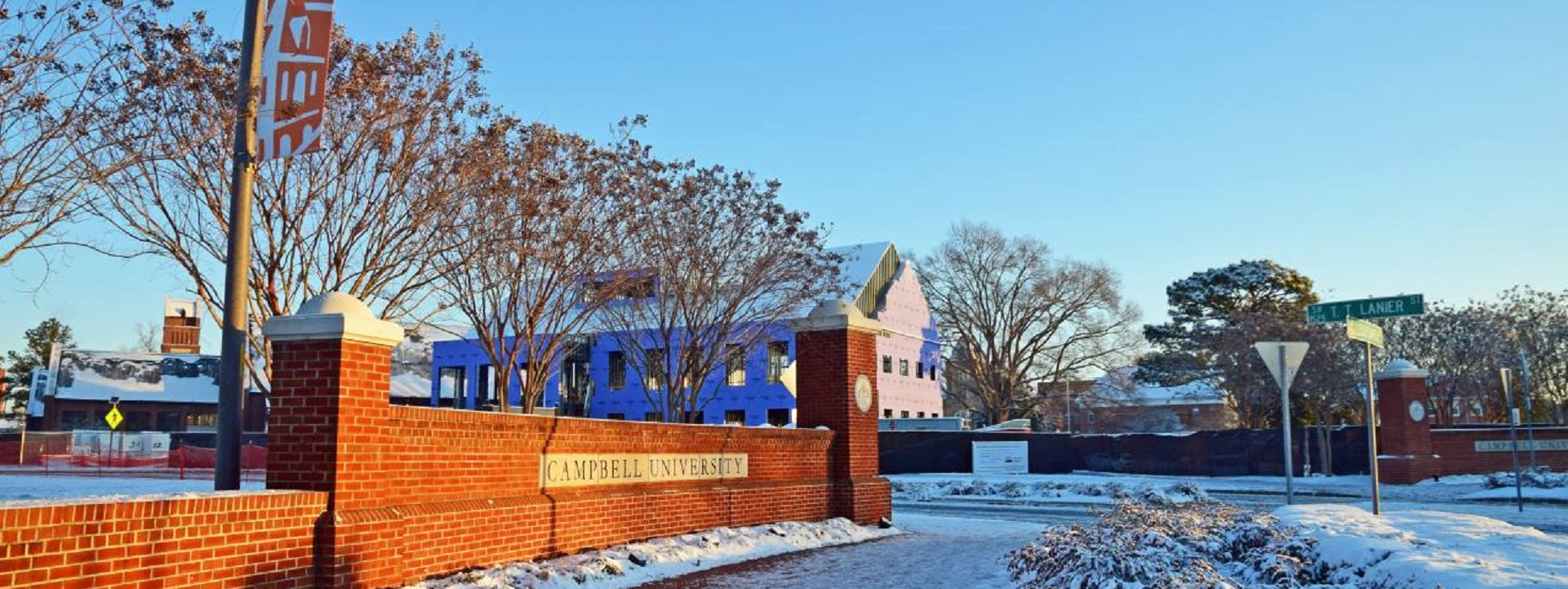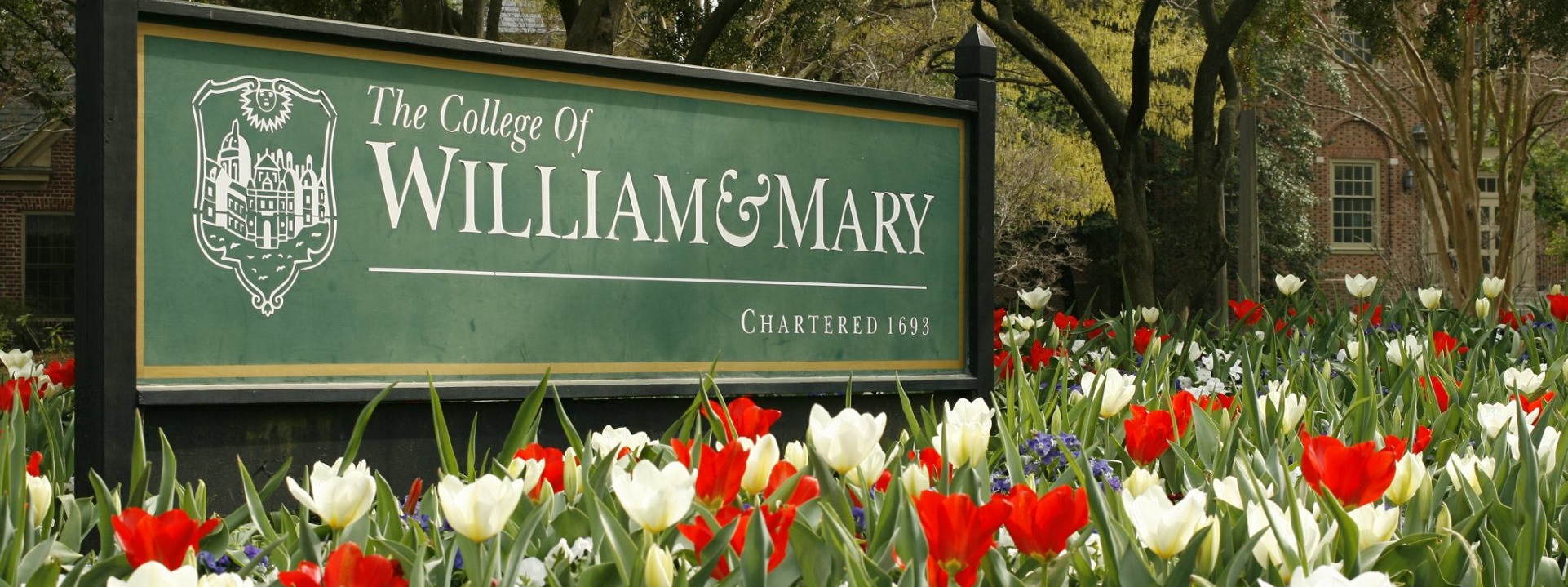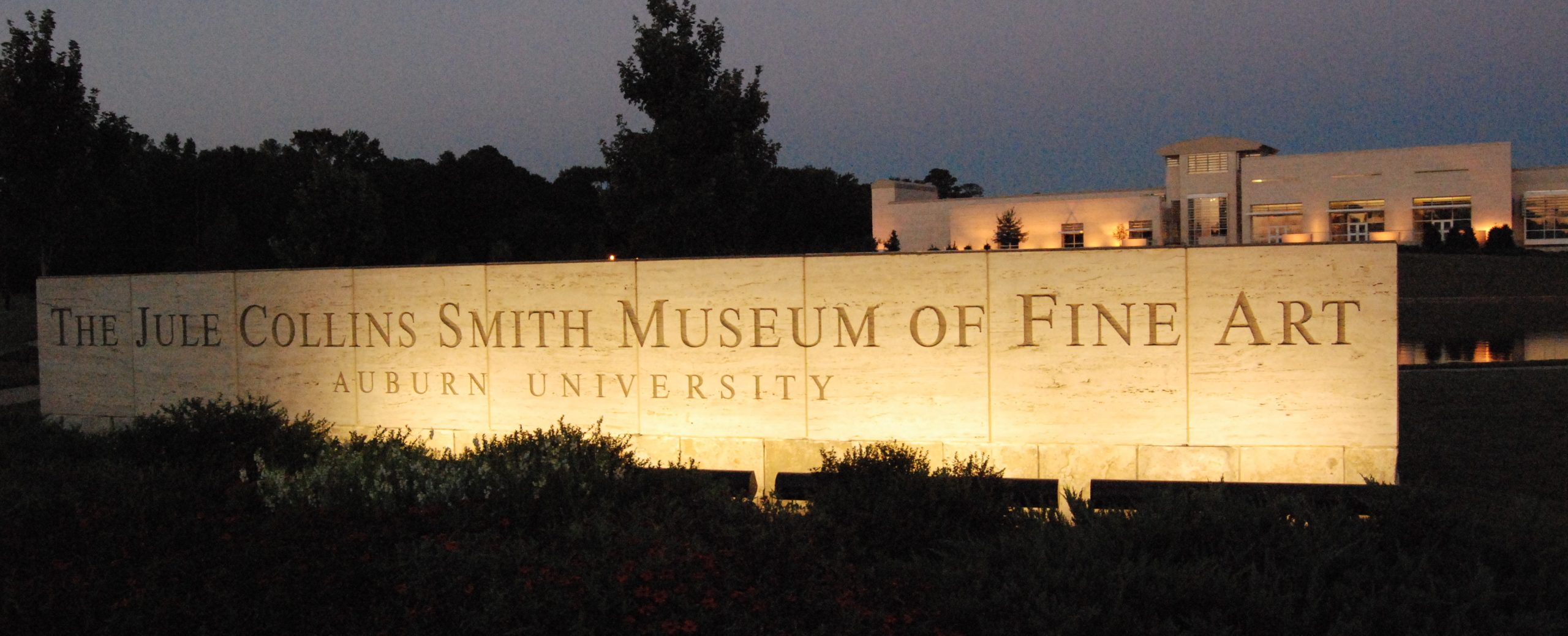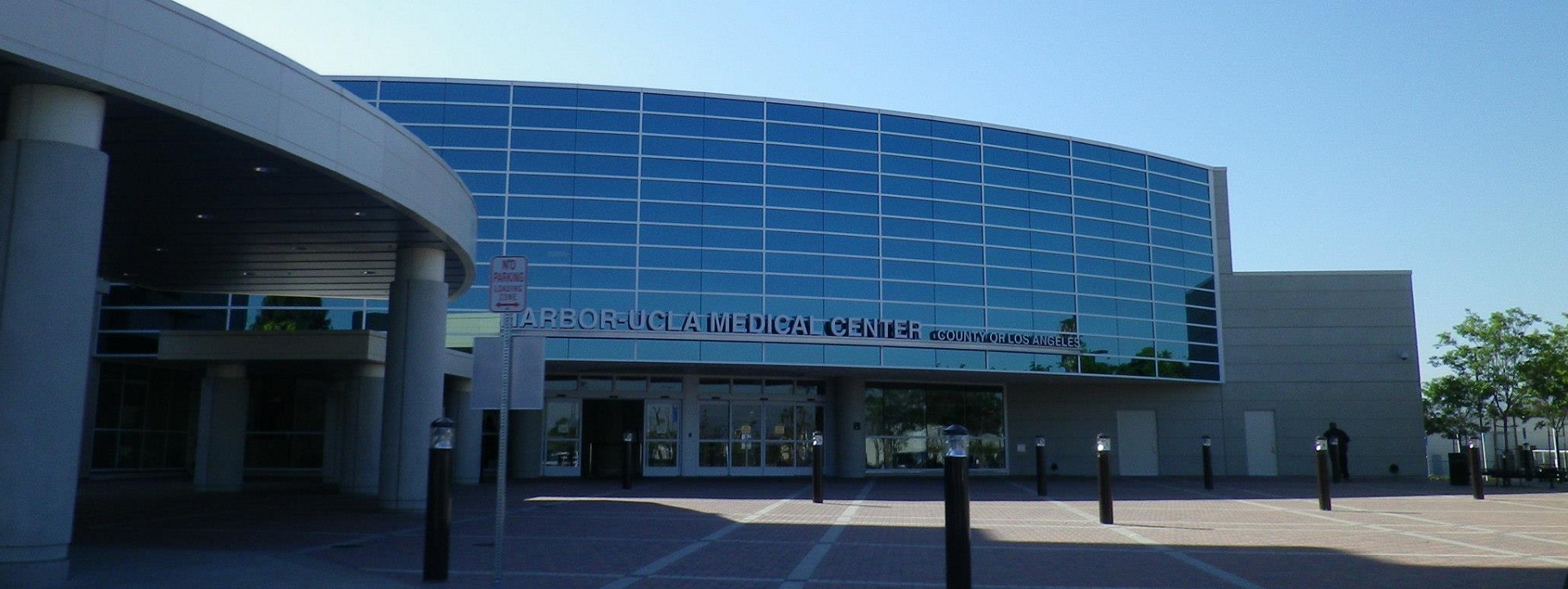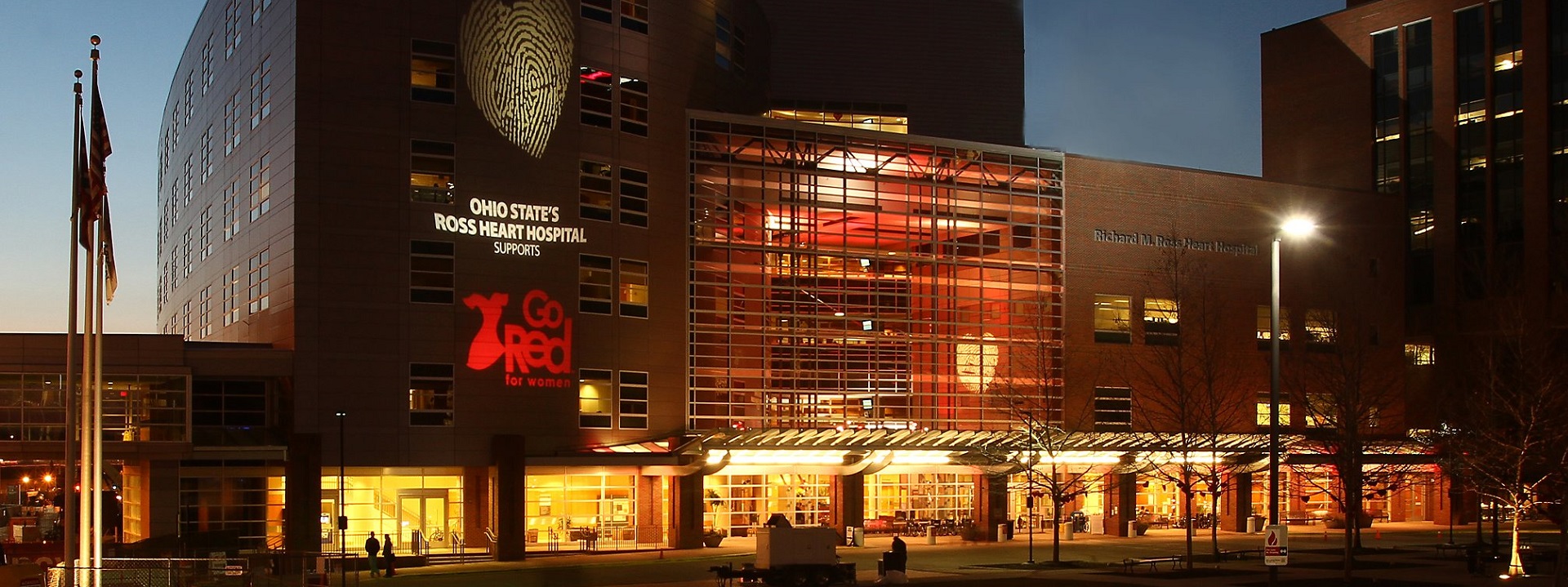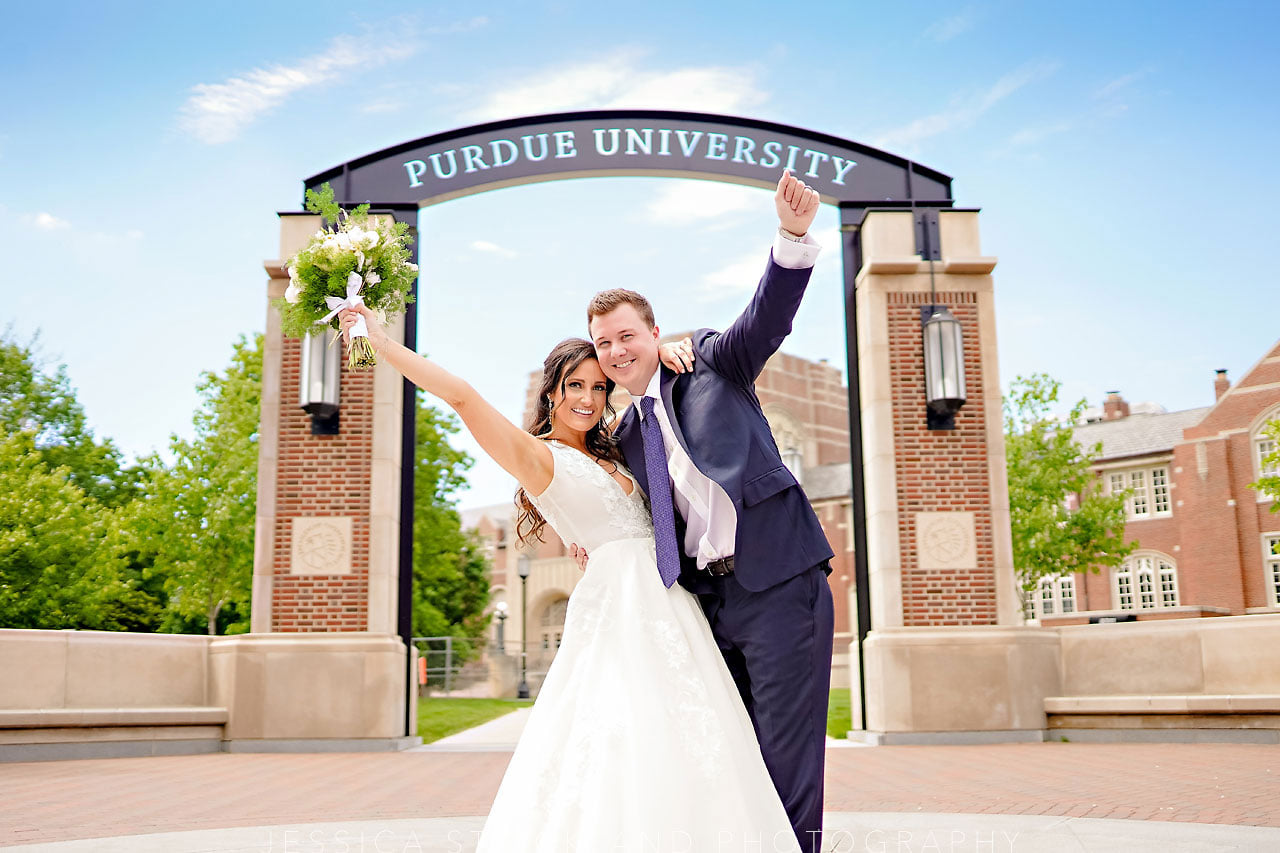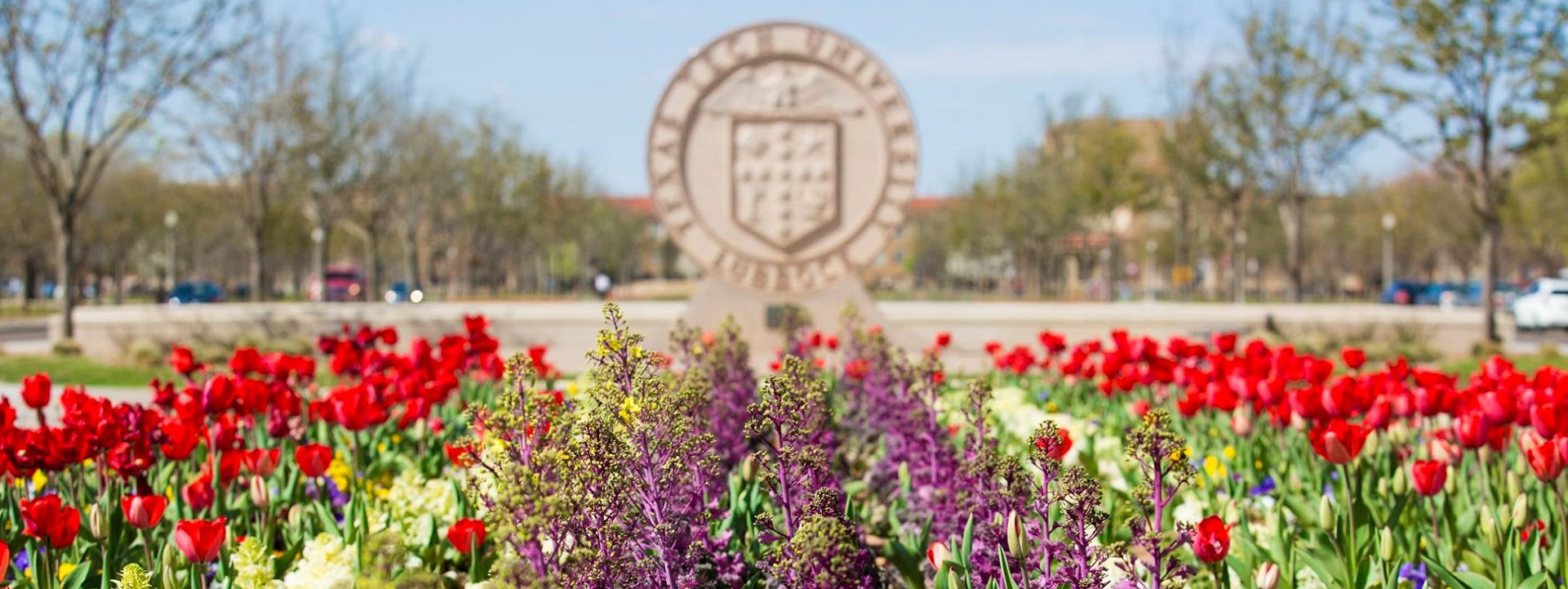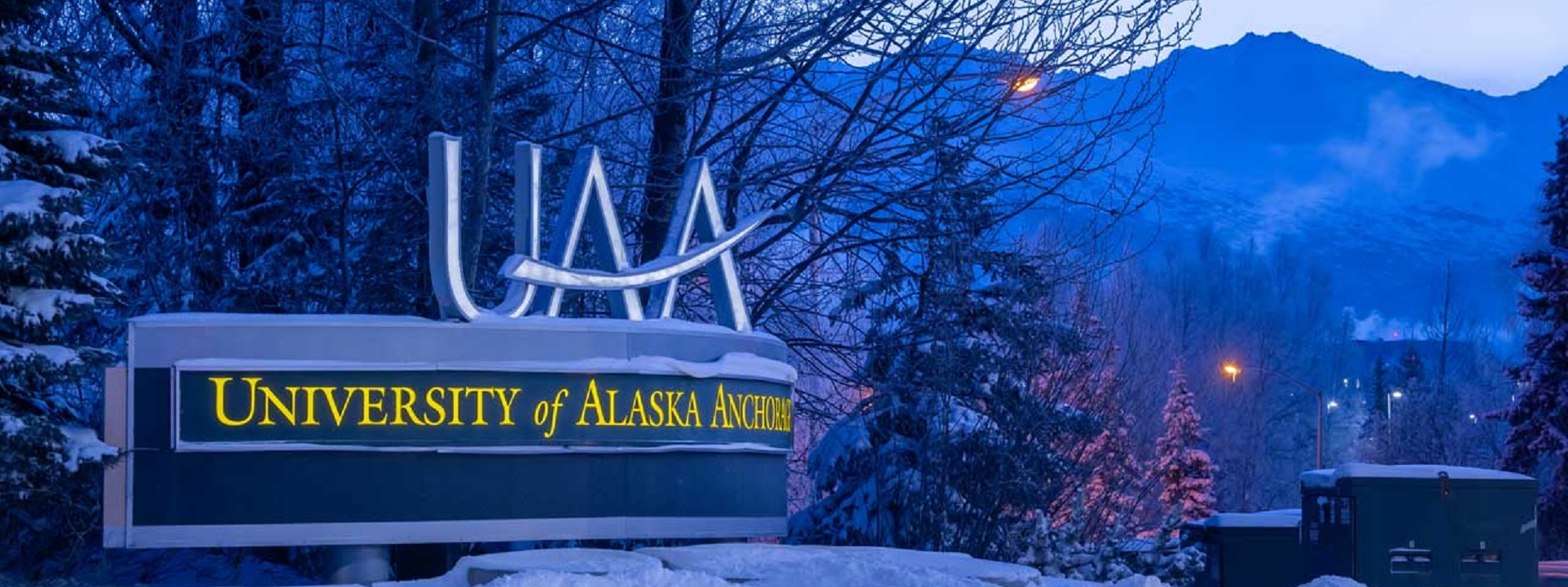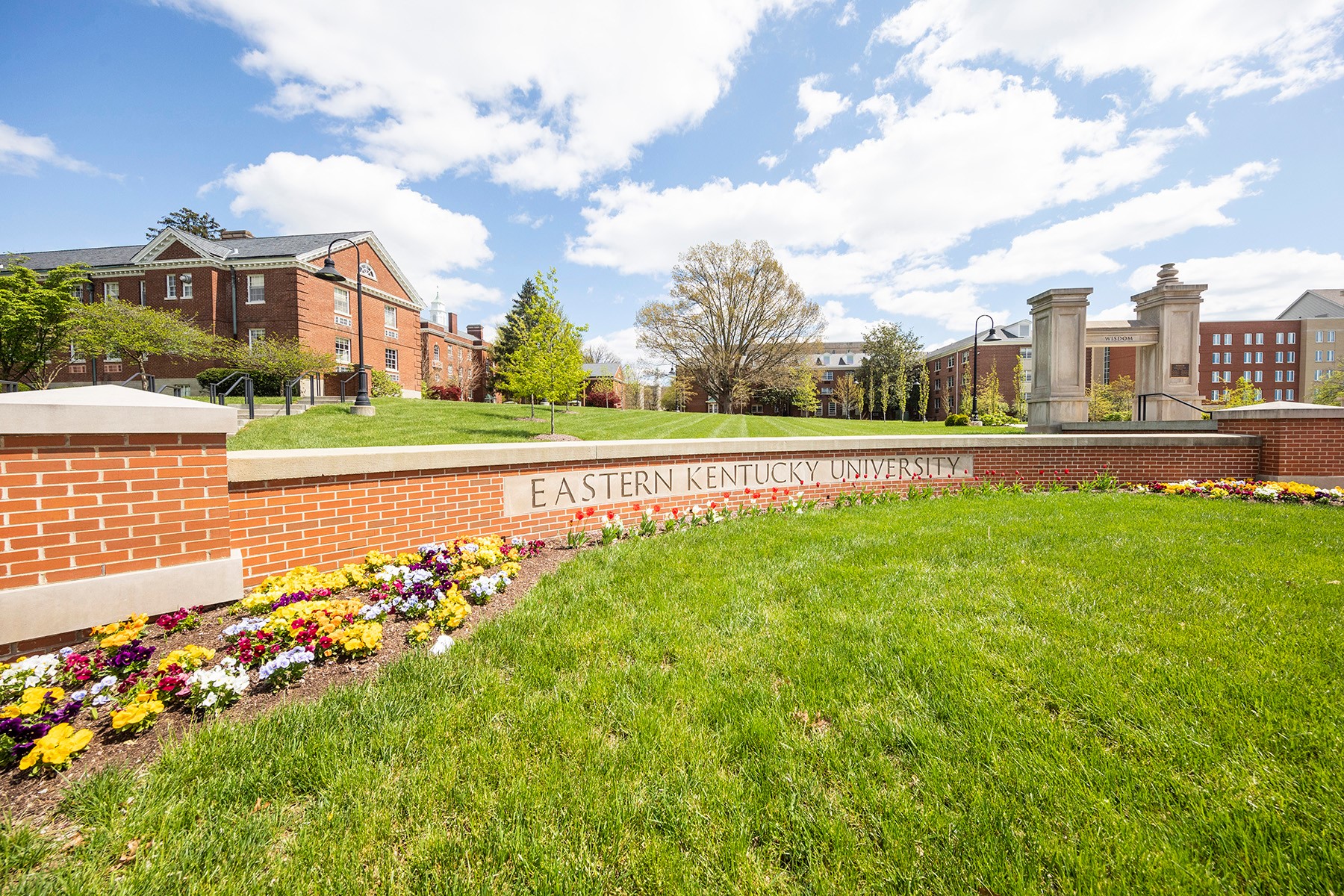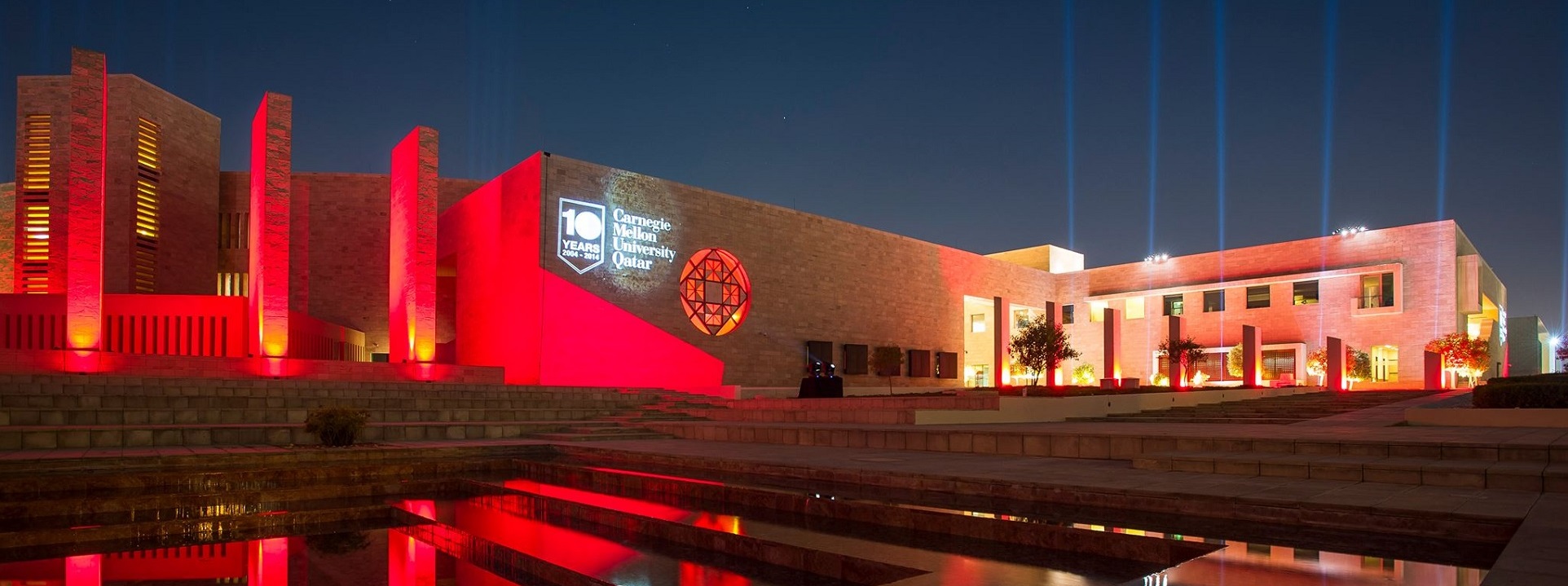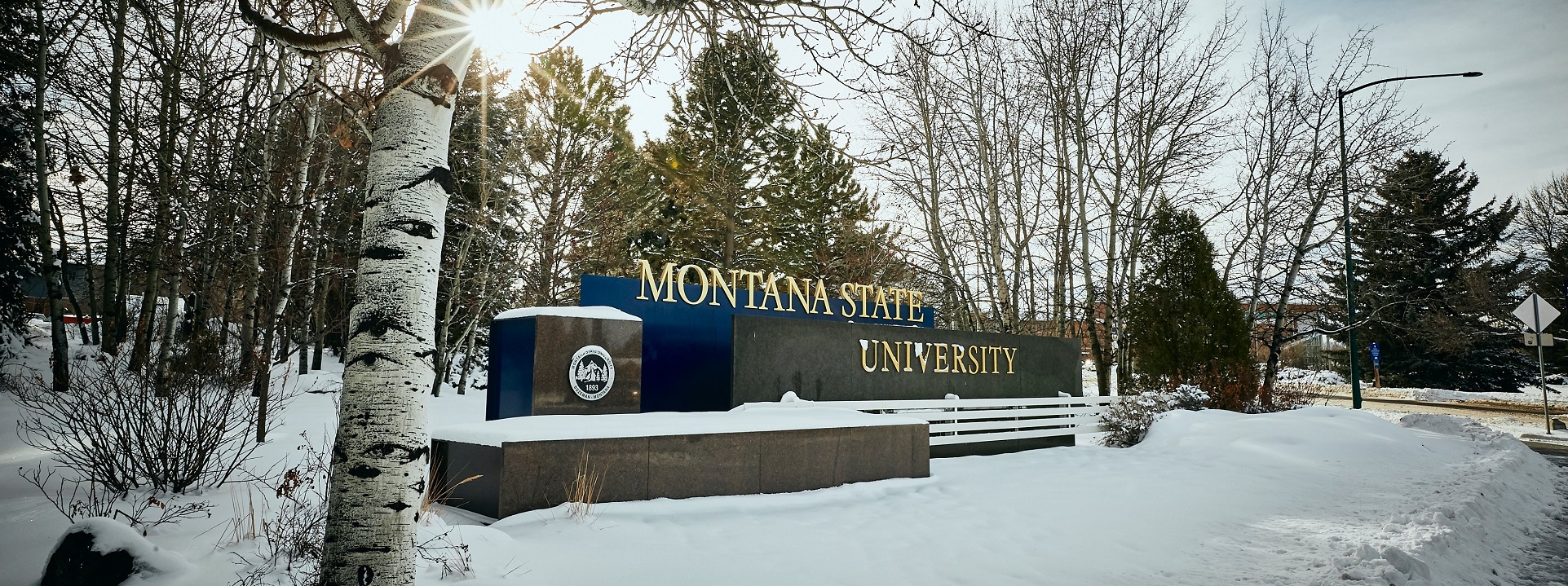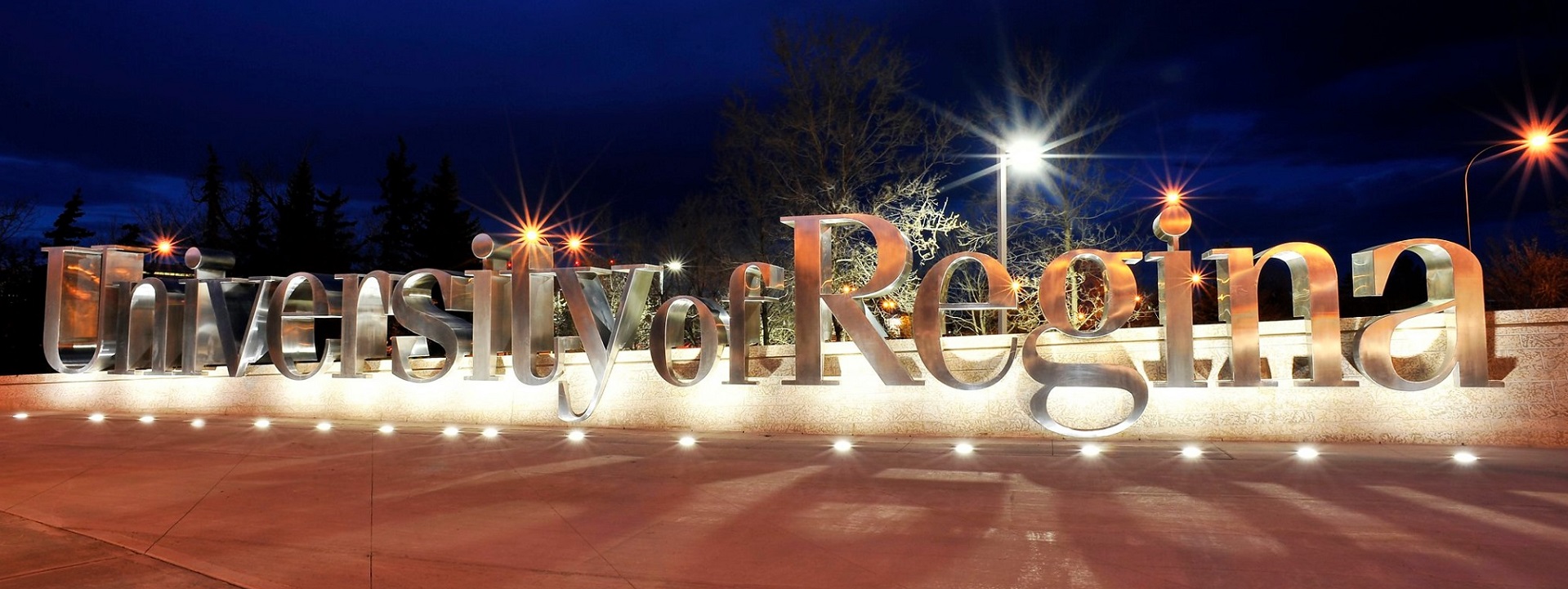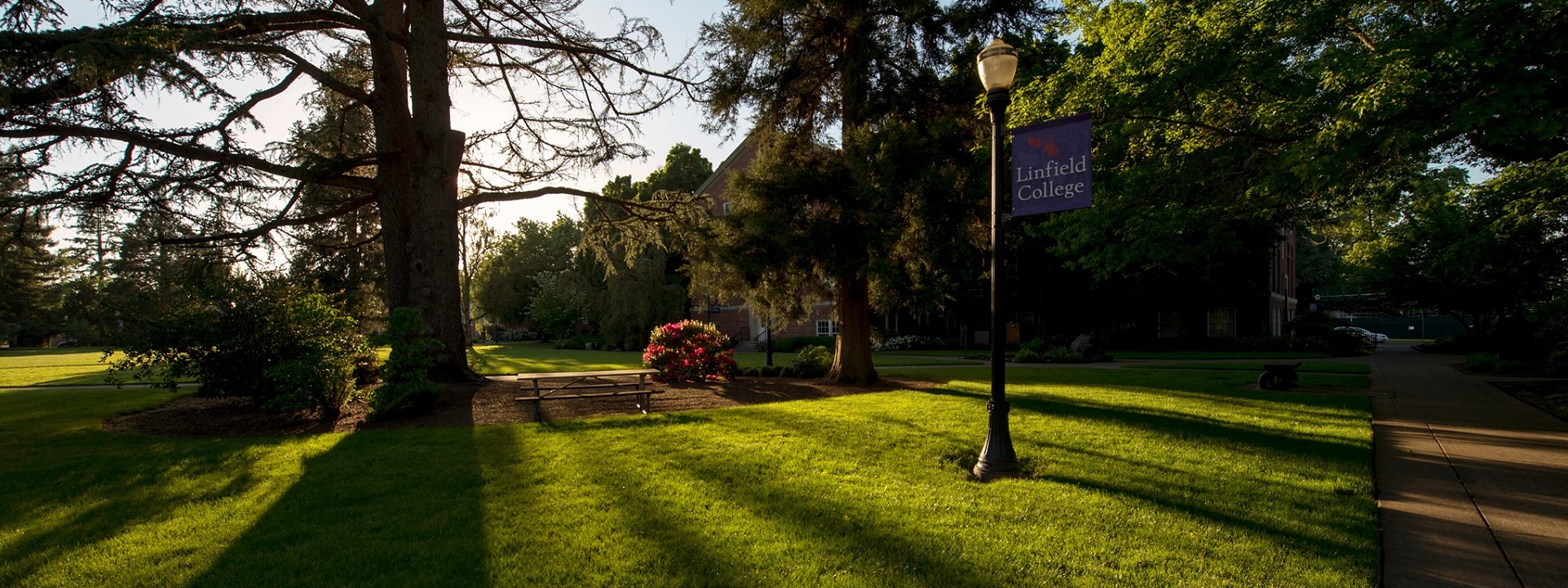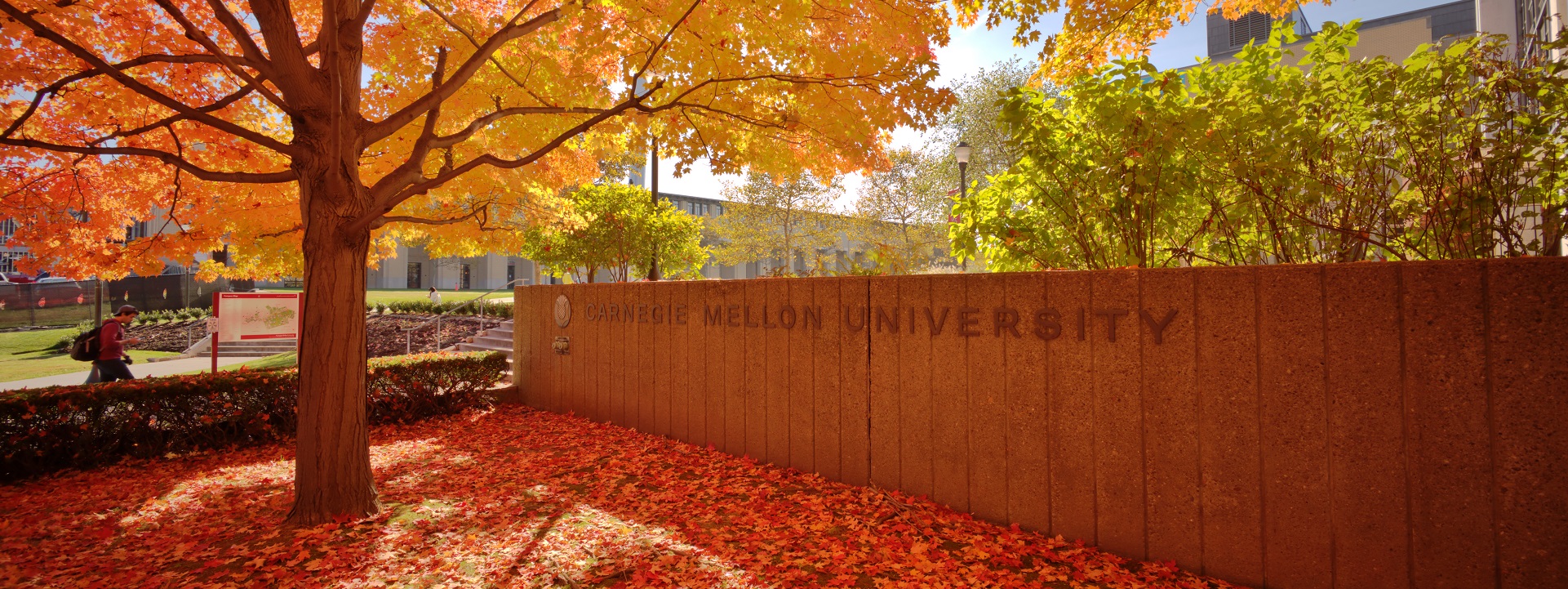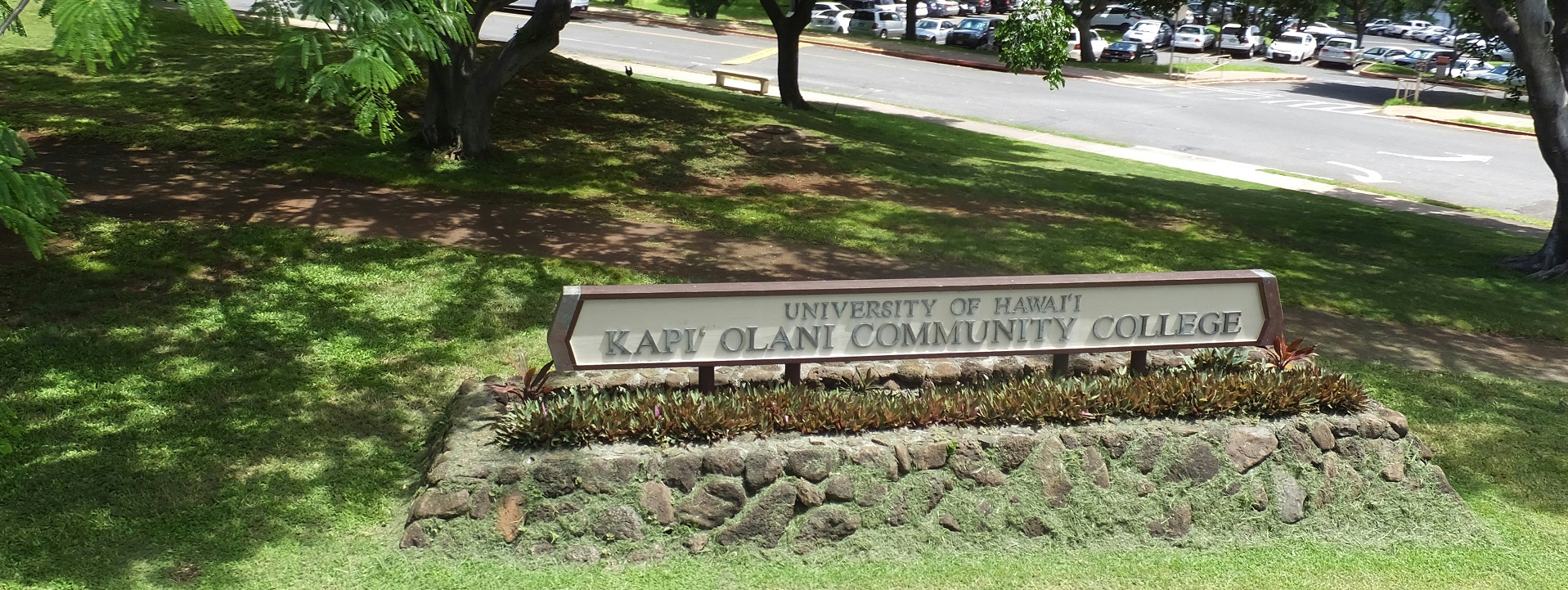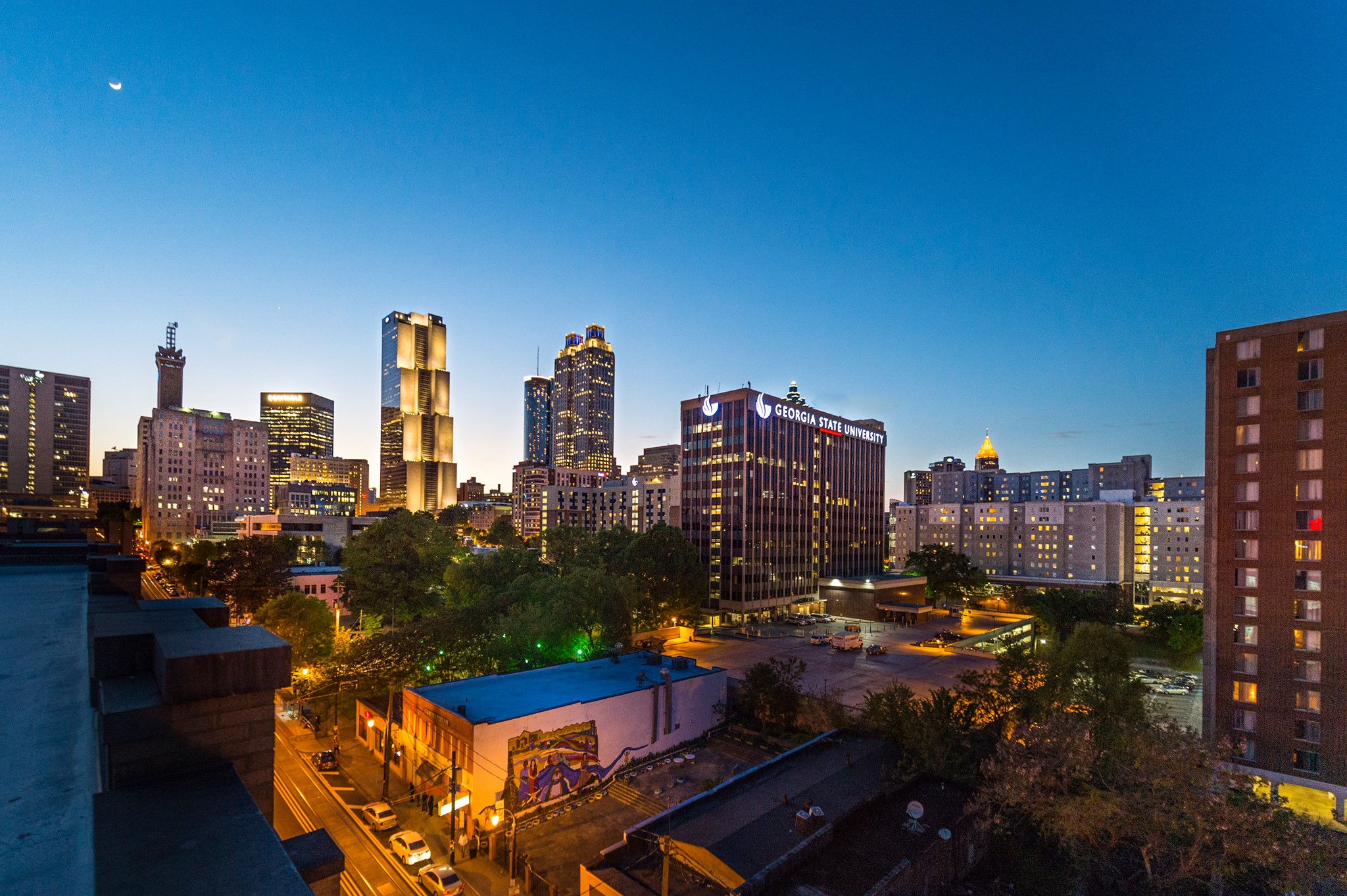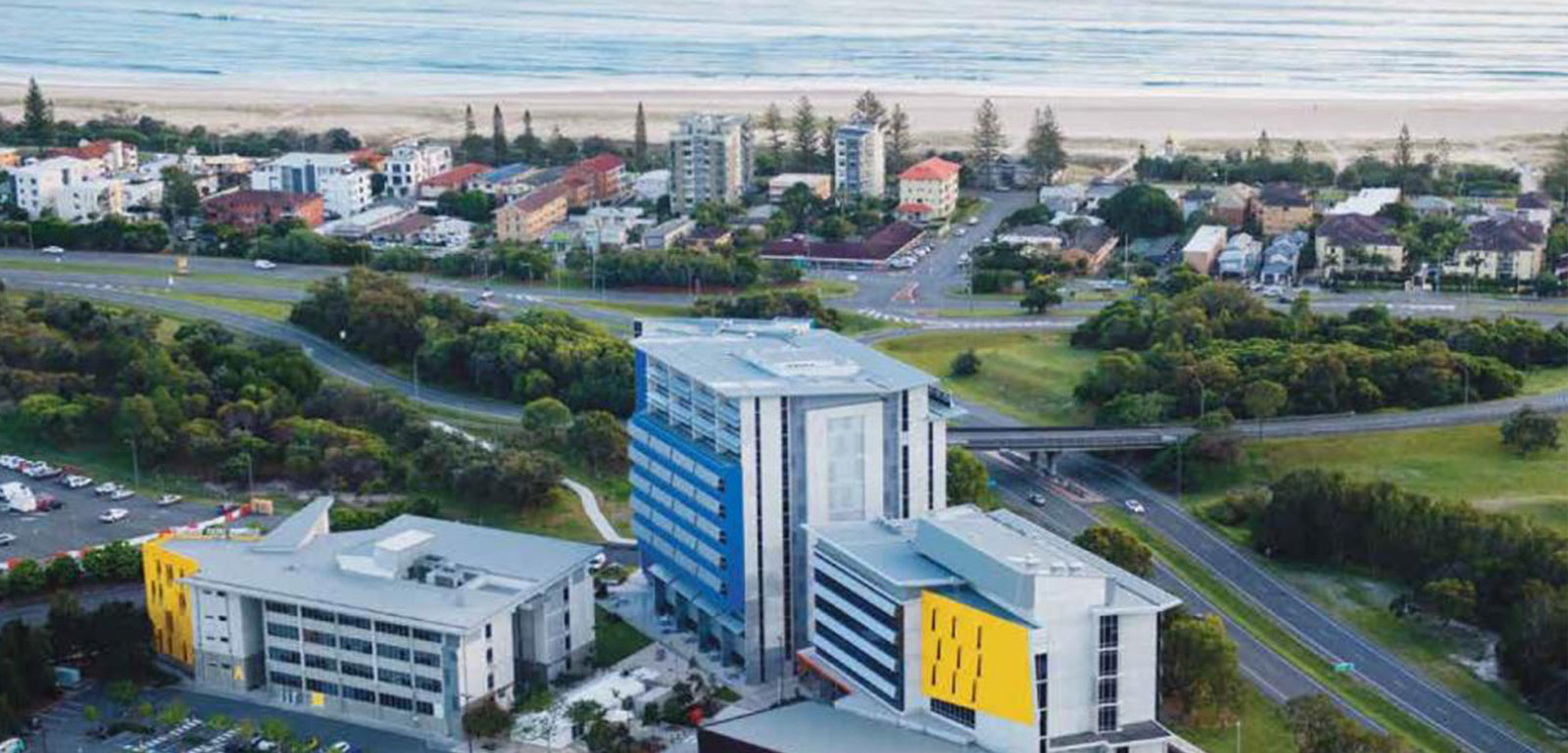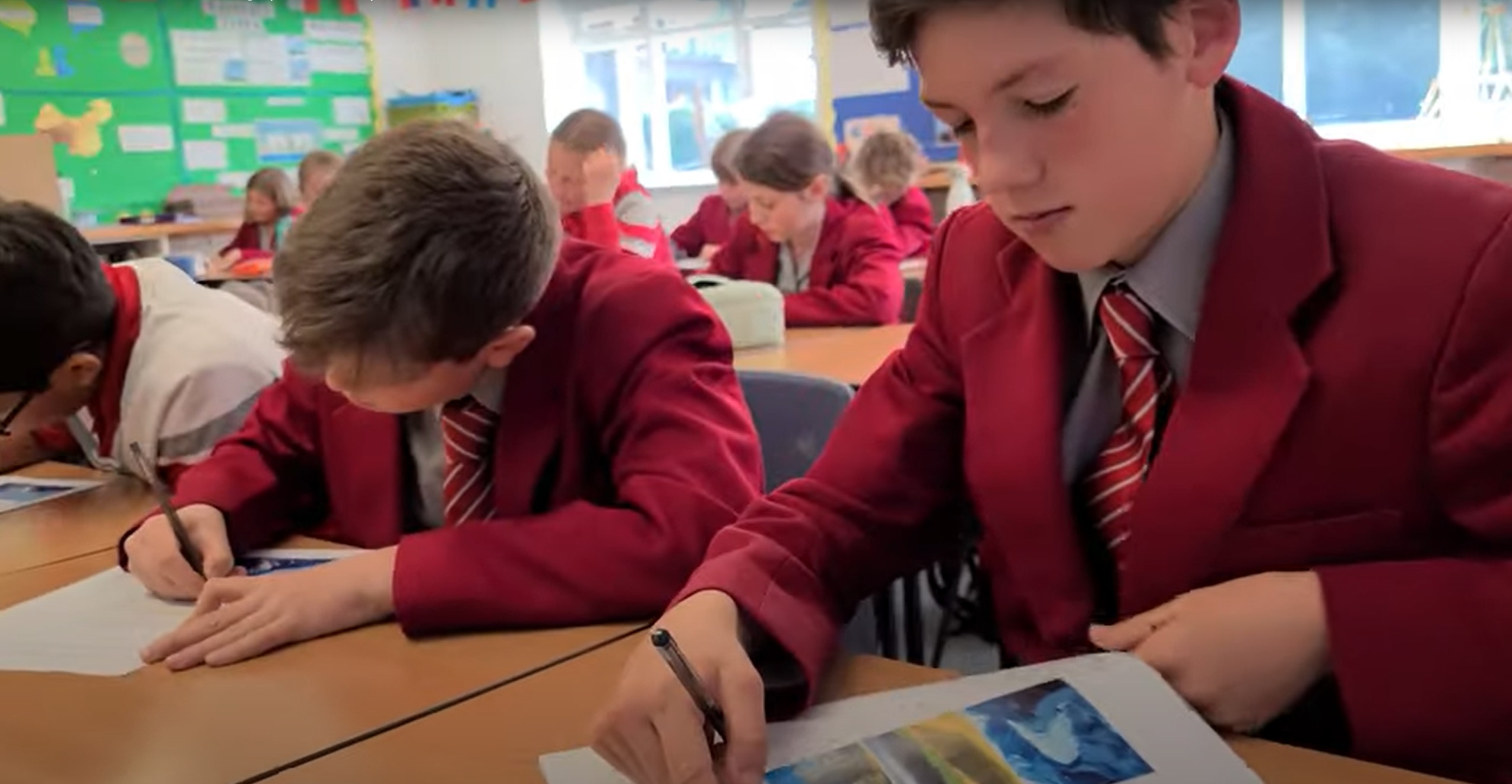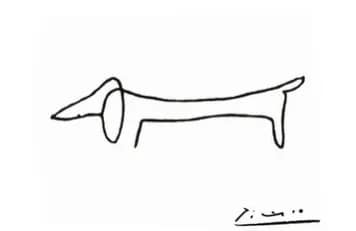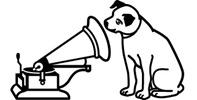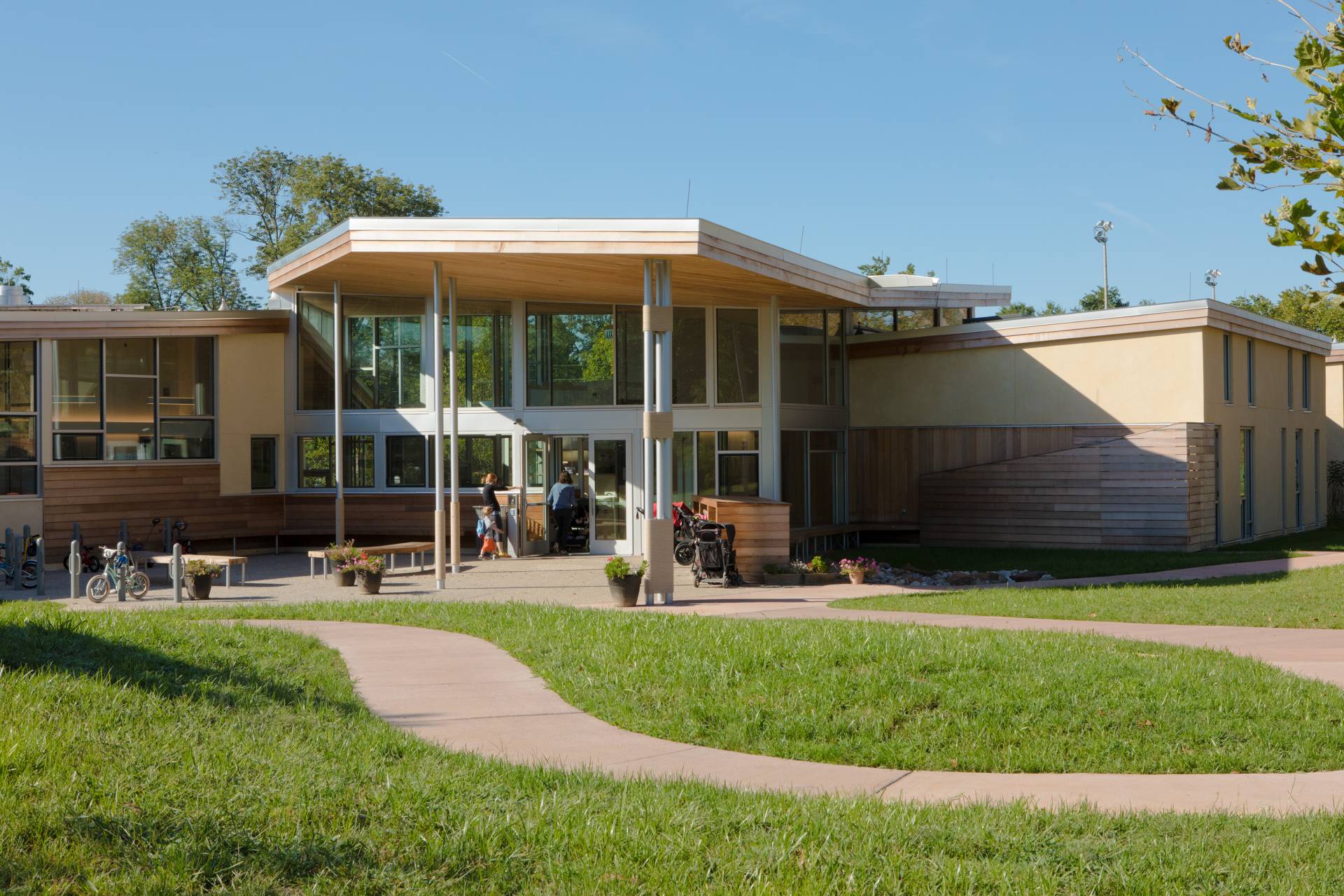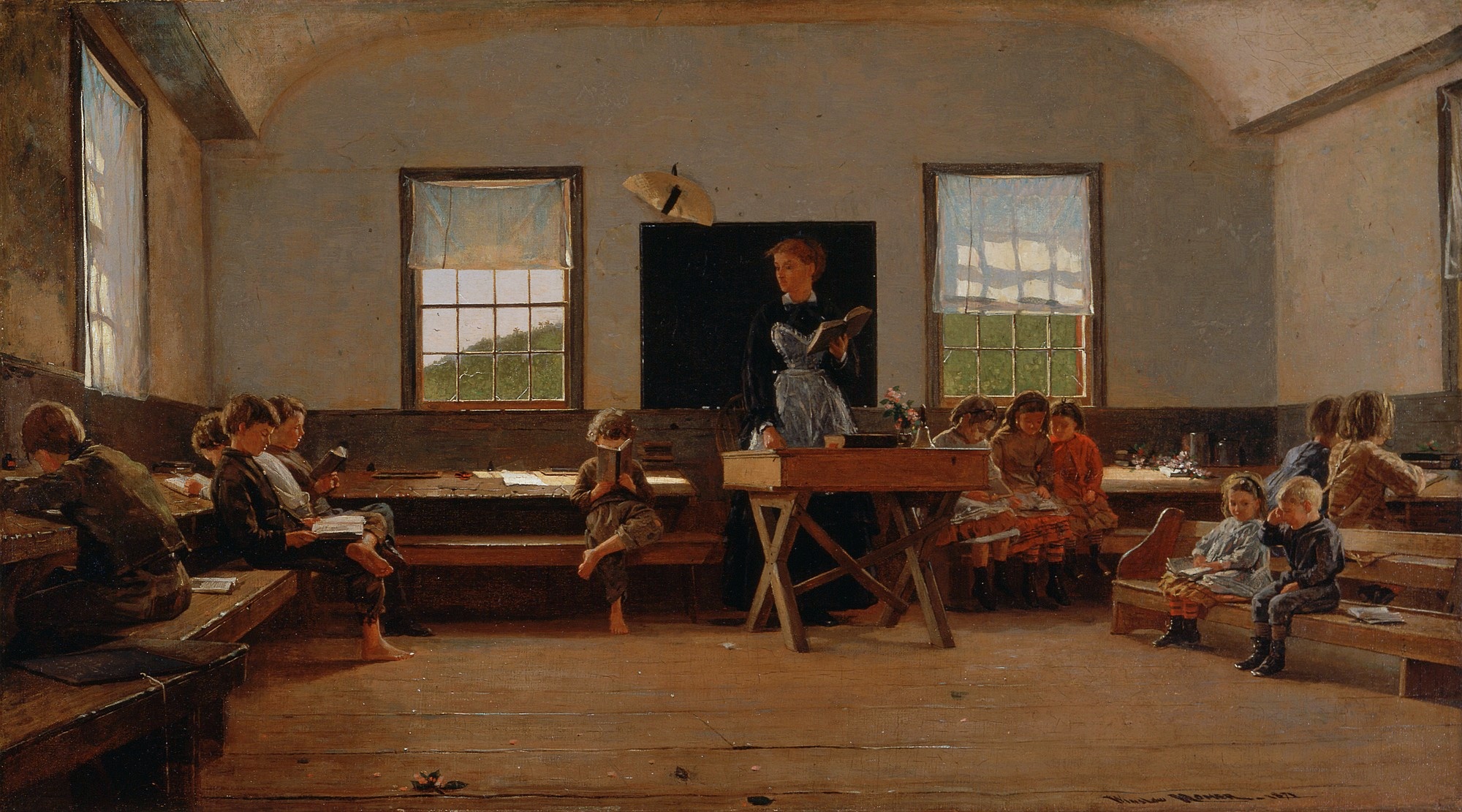Today we take a cross cutting review of all the literature (codes, standards, guidelines, laws) that informs safe and sustainability occupancy load, means of egress, illumination, ambient air, plumbing, electric, communication and acoustics in classrooms.
Keen on your thoughts… https://t.co/IqI87vuVTz
And I’d love to see your classroom layout/displays if you want to share! Tag with #CanvasForThought pic.twitter.com/qZwxAaa6jm— 𝗗𝗿 𝗡𝗮𝘁𝗵𝗮𝗻𝗶𝗲𝗹 𝗦𝘄𝗮𝗶𝗻 (@NathanielRSwain) July 17, 2024
1. Building Codes
- International Building Code (IBC): Adopted by most states, it provides guidelines for the design and construction of buildings, including schools.
- International Existing Building Code (IEBC): Provides standards for the renovation and repair of existing school buildings.
- State and Local Building Codes: Many states and municipalities have additional or modified codes that must be followed.
2. Fire and Life Safety Codes
- National Fire Protection Association (NFPA) Codes:
- NFPA 101: Life Safety Code – Sets requirements for egress, fire protection, and emergency planning.
- NFPA 13: Installation of Sprinkler Systems – Specifies standards for automatic fire sprinkler systems.
- NFPA 72: National Fire Alarm and Signaling Code – Covers fire alarm system installation and maintenance.
- NFPA 70: National Electrical Code (NEC) – Outlines electrical wiring standards to prevent fire hazards.
3. Accessibility Standards
- Americans with Disabilities Act (ADA):
- ADA Standards for Accessible Design – Ensures that school facilities are accessible to individuals with disabilities.
- Architectural Barriers Act (ABA): Requires accessibility in buildings constructed with federal funds.

4. Environmental and Health Standards
-
- ASHRAE 62.1: Ventilation for Acceptable Indoor Air Quality.
- ASHRAE 90.1: Energy Standard for Buildings Except Low-Rise Residential Buildings.ASHRAE Standards
- Environmental Protection Agency (EPA) Regulations:
- EPA Lead and Asbestos Regulations: Governs the handling of lead and asbestos in school buildings.
- EPA’s Indoor Air Quality Tools for Schools: Provides guidelines to manage air quality.
5. Structural Standards
- American Society of Civil Engineers (ASCE):
- ASCE 7: Minimum Design Loads and Associated Criteria for Buildings and Other Structures.
- American Concrete Institute (ACI):
- ACI 318: Building Code Requirements for Structural Concrete.
6. Plumbing and Mechanical Codes
- International Plumbing Code (IPC): Provides guidelines for plumbing system design and installation.
- International Mechanical Code (IMC): Sets standards for heating, ventilation, and air conditioning (HVAC) systems.
7. Electrical Standards
- Institute of Electrical and Electronics Engineers (IEEE) Standards: Includes various electrical safety and installation standards relevant to school facilities.
8. Educational Specifications and Guidelines
- Council of Educational Facility Planners International (CEFPI) Guidelines: Provides best practices for school design that promote effective learning environments.
- State-Specific Educational Specifications: Many states have their own guidelines for the design of educational facilities to meet state-specific educational needs.
9. Safety and Security Standards
- Crime Prevention Through Environmental Design (CPTED) Guidelines: Suggests design strategies to enhance security in school environments.
- School Safety and Security Standards (state-specific): Some states have additional requirements for school security measures.
10. Sustainable Design Standards
- LEED (Leadership in Energy and Environmental Design) for Schools: Provides a framework for building green and energy-efficient schools.
- Green Building Initiative (GBI) Standards: Focuses on sustainable and energy-efficient building practices.
11. Maintenance Standards
- International Property Maintenance Code (IPMC): Provides guidelines for the maintenance of buildings, ensuring they remain safe and functional over time.
12. Other Relevant Standards
- Federal Emergency Management Agency (FEMA) Guidelines: Provides standards for building schools in disaster-prone areas (e.g., tornadoes, earthquakes).
- Occupational Safety and Health Administration (OSHA) Standards: Ensures workplace safety, including in schools, covering areas like chemical safety, electrical safety, and more.
Local Considerations
- Local Zoning Laws and Ordinances: Schools must also comply with local land use regulations, which may affect building placement, size, and use.
Another public jubilation pic.twitter.com/dmQc6IBVbK
— Chelsea Finest💙💙😍 (@finest_che2325) July 20, 2024


